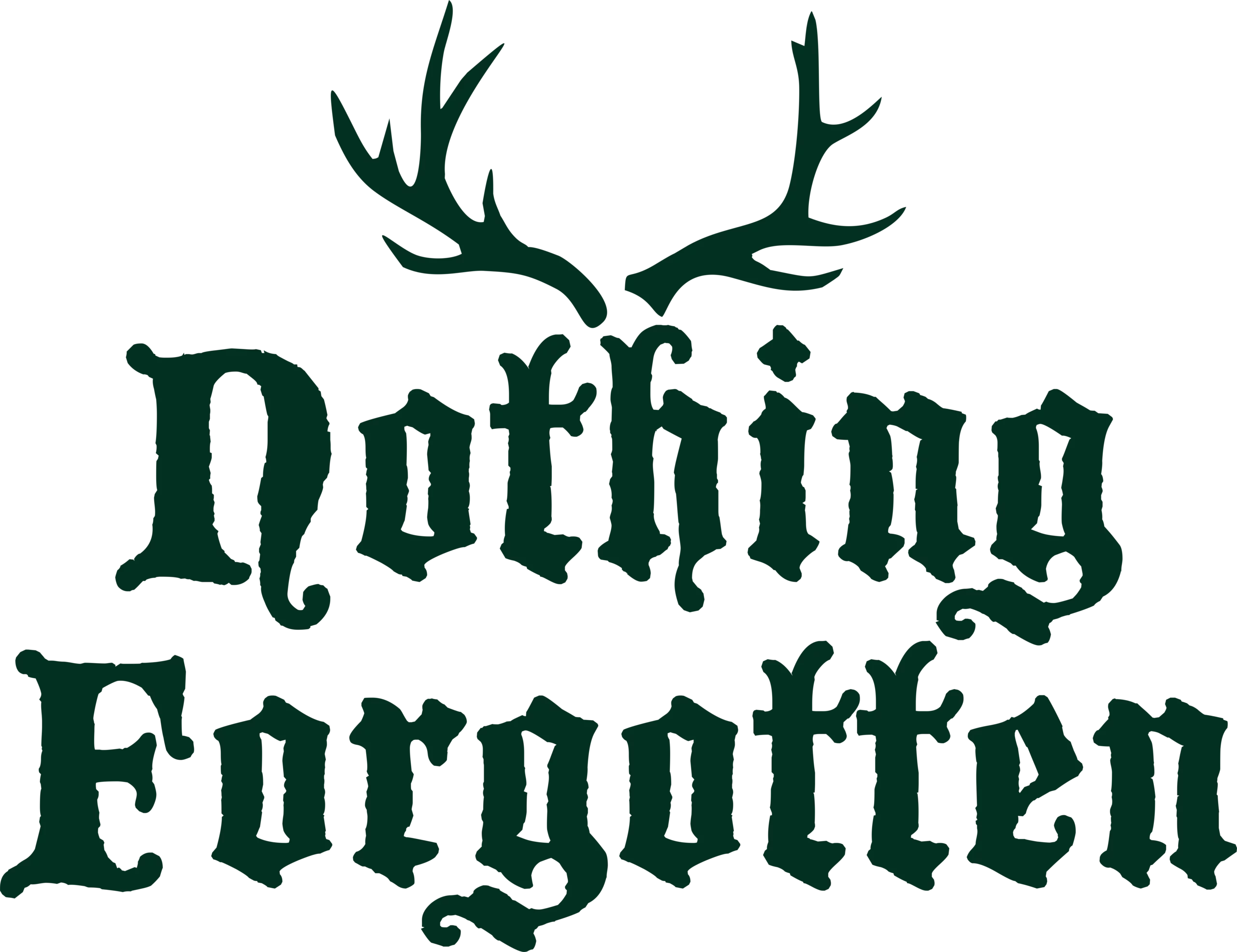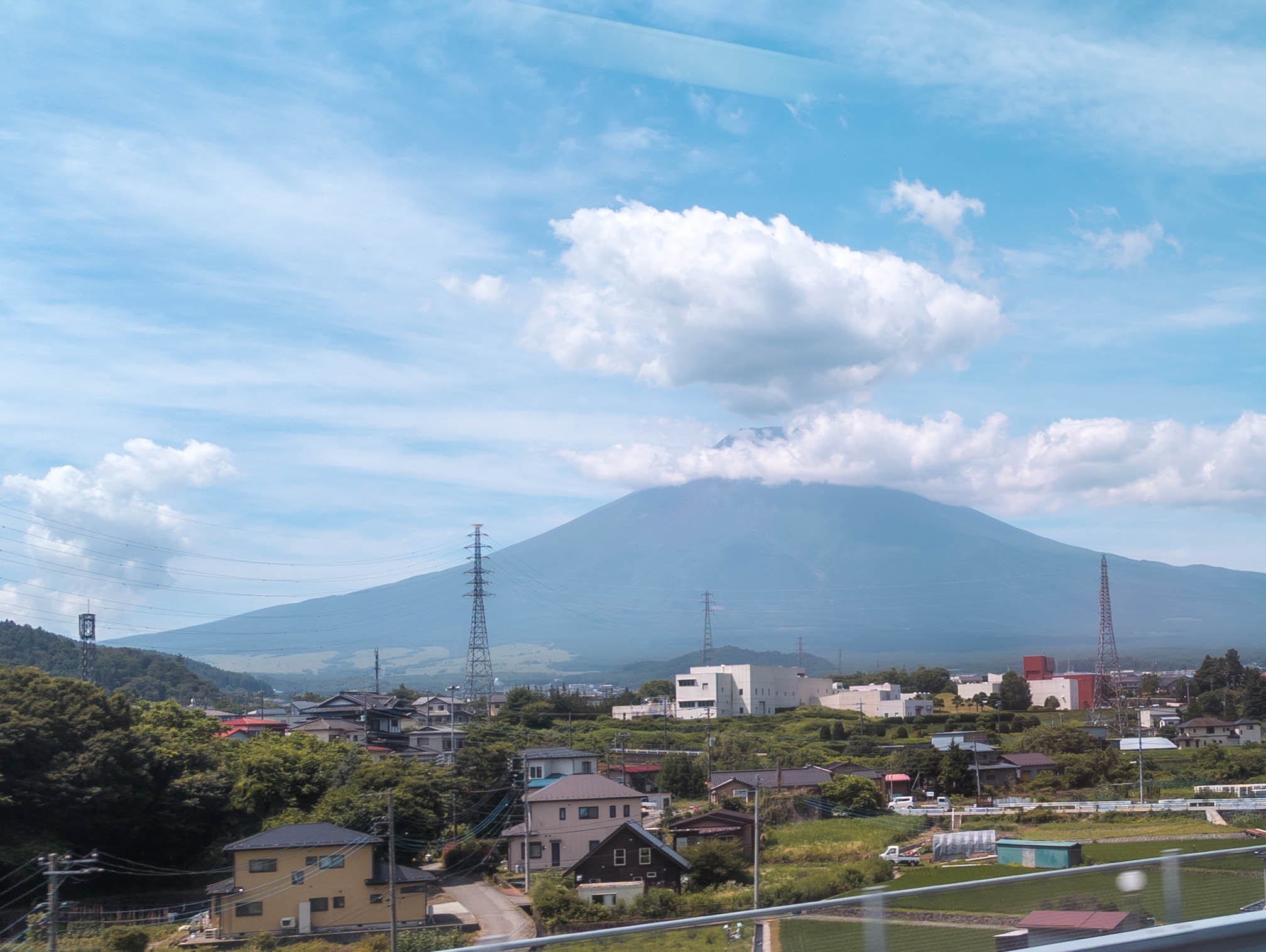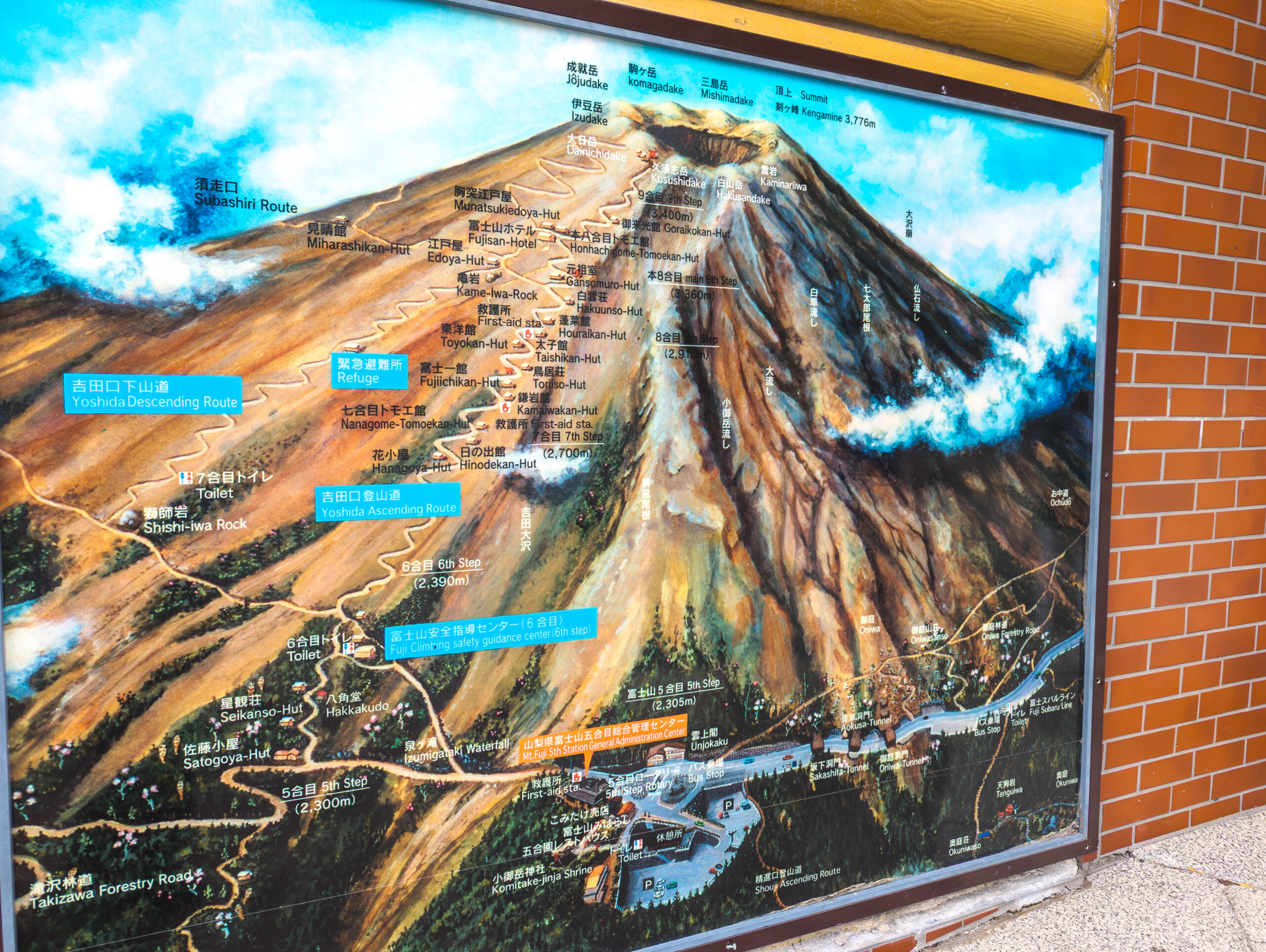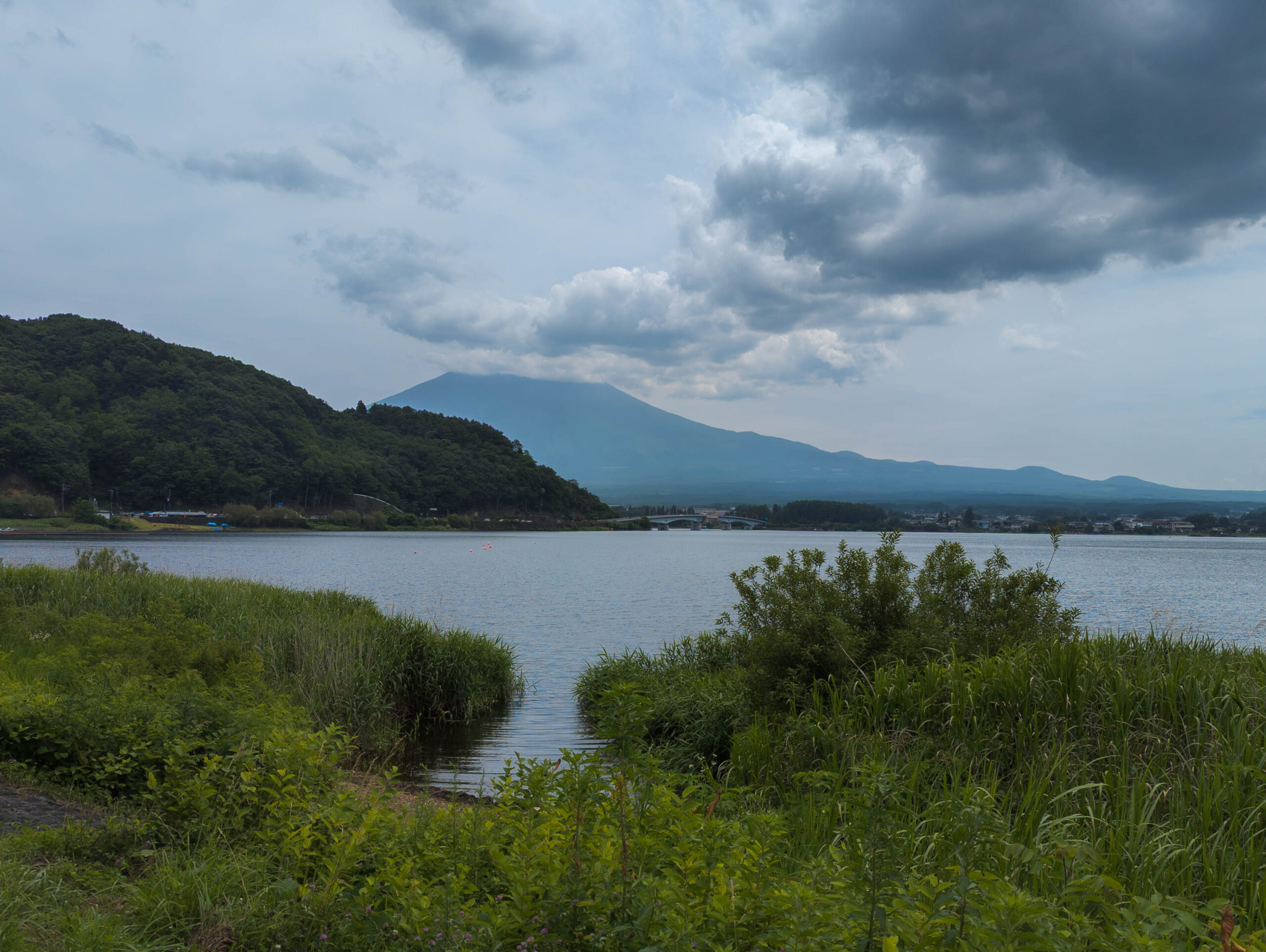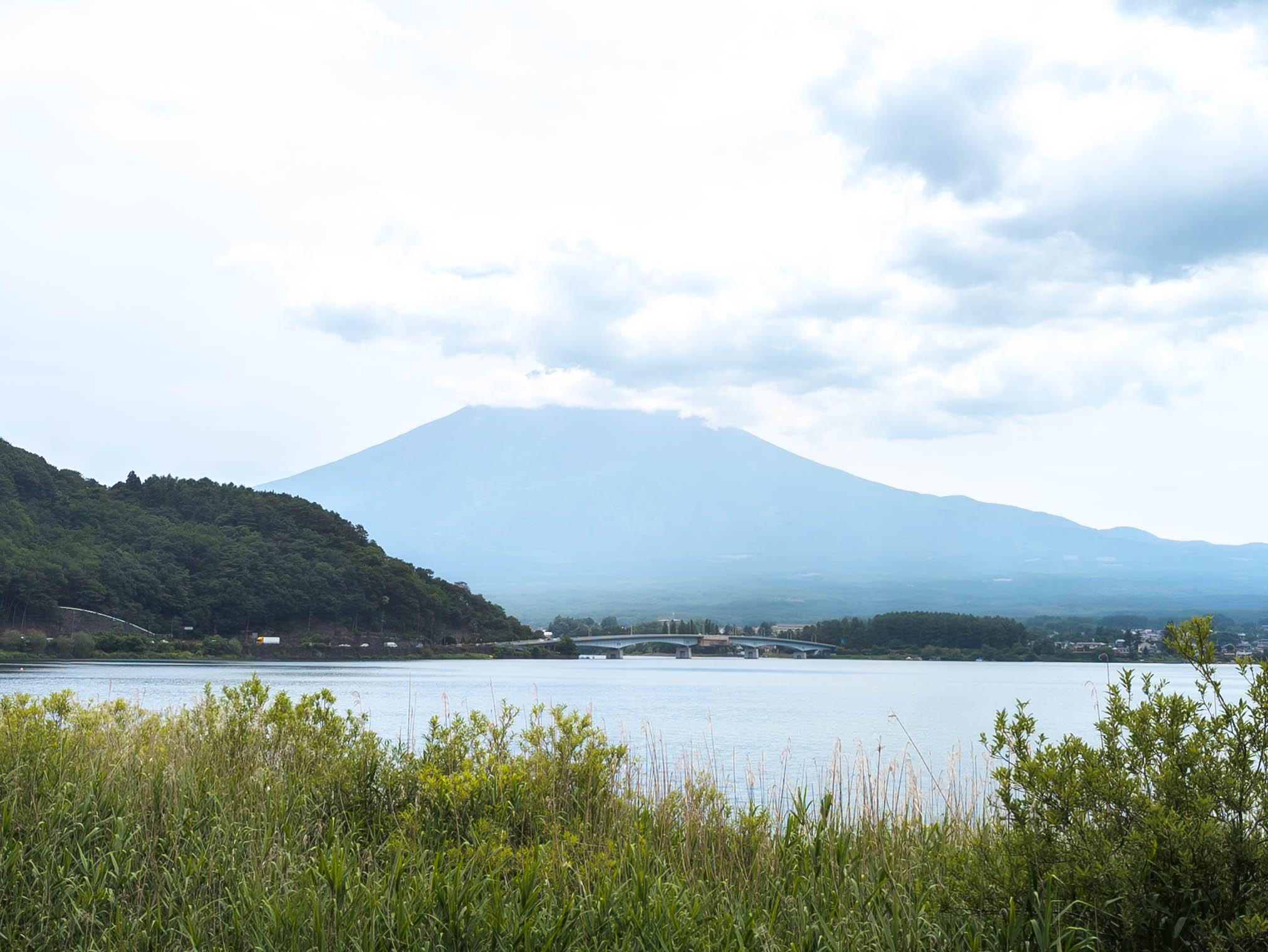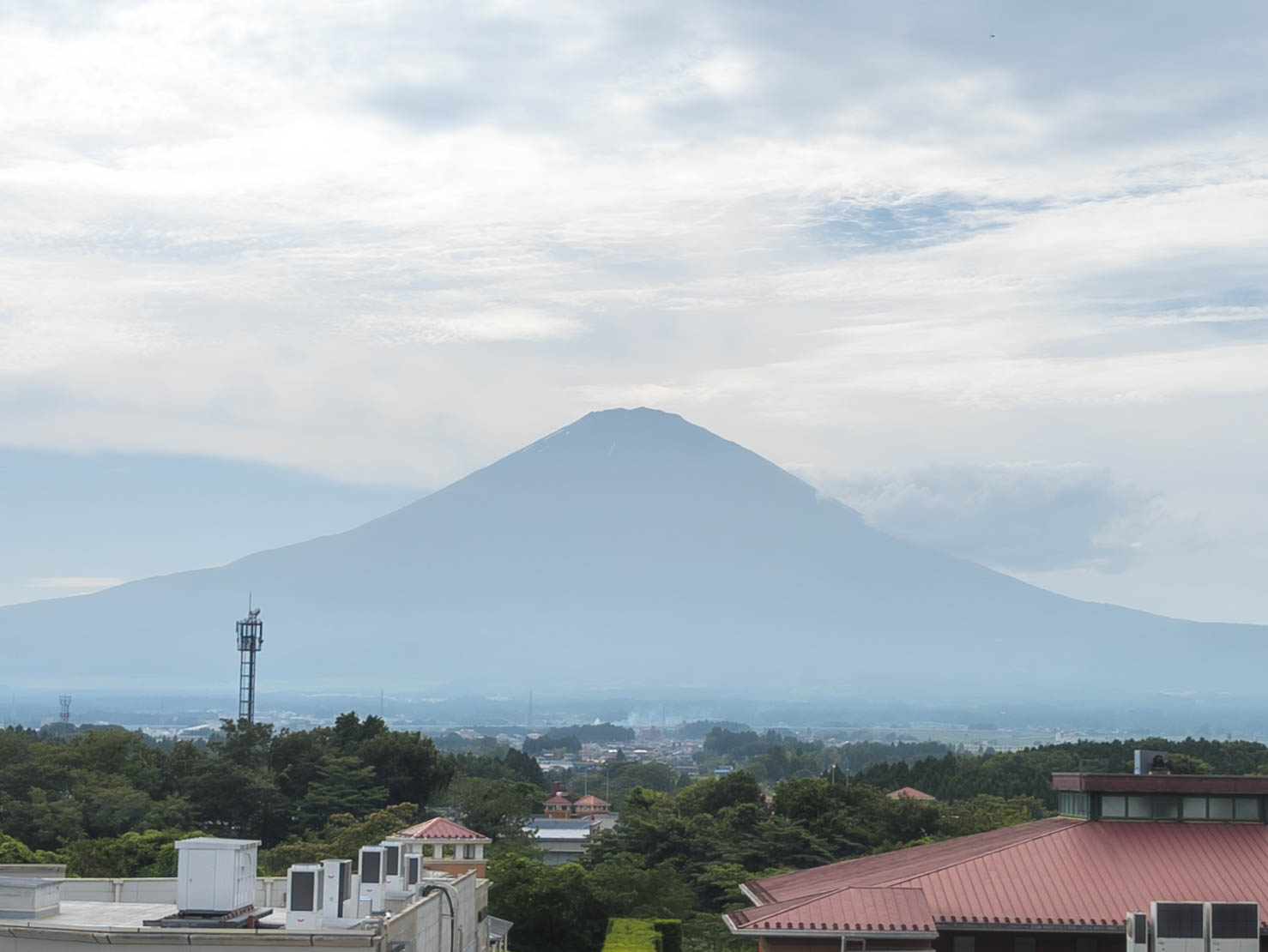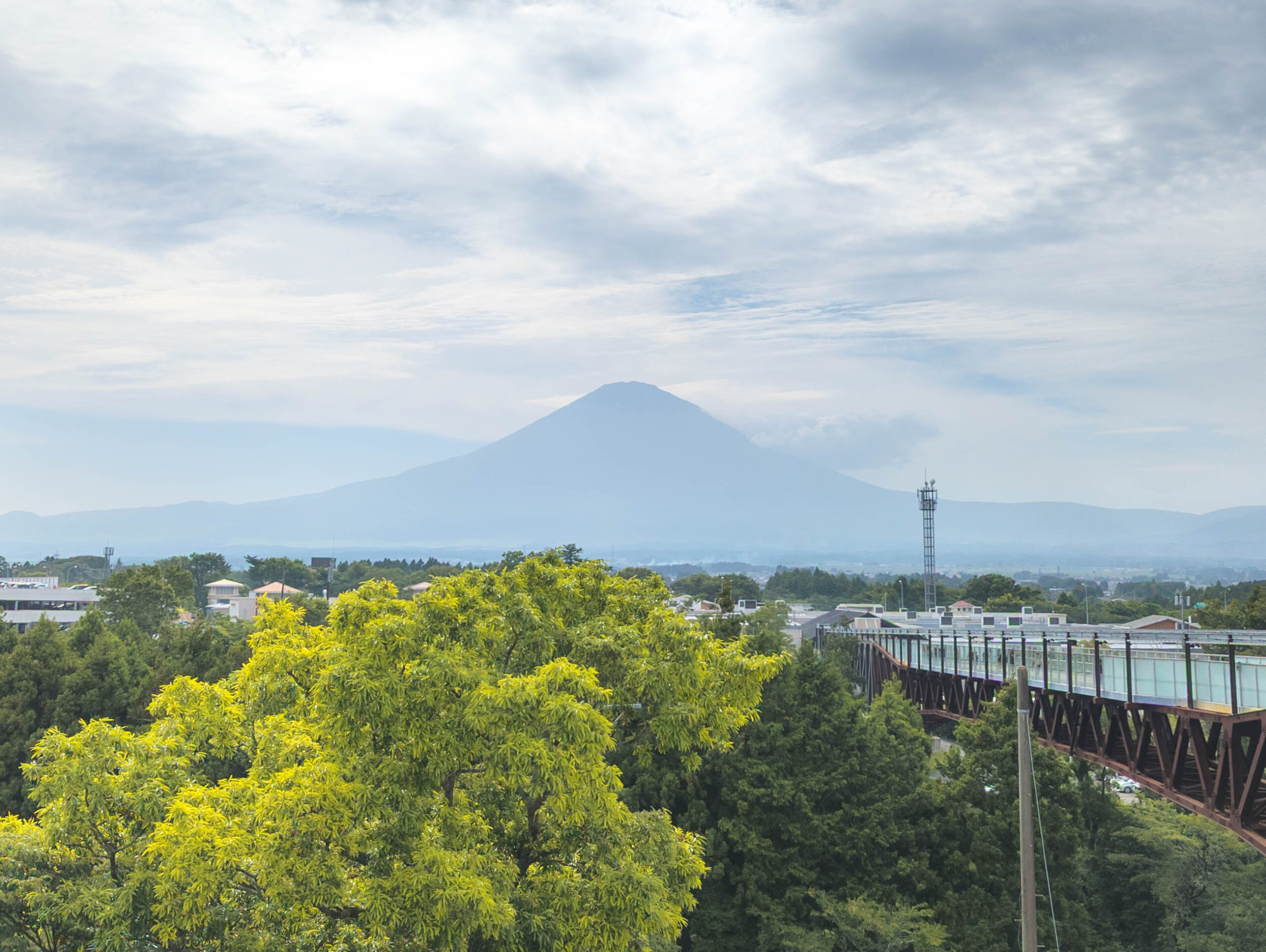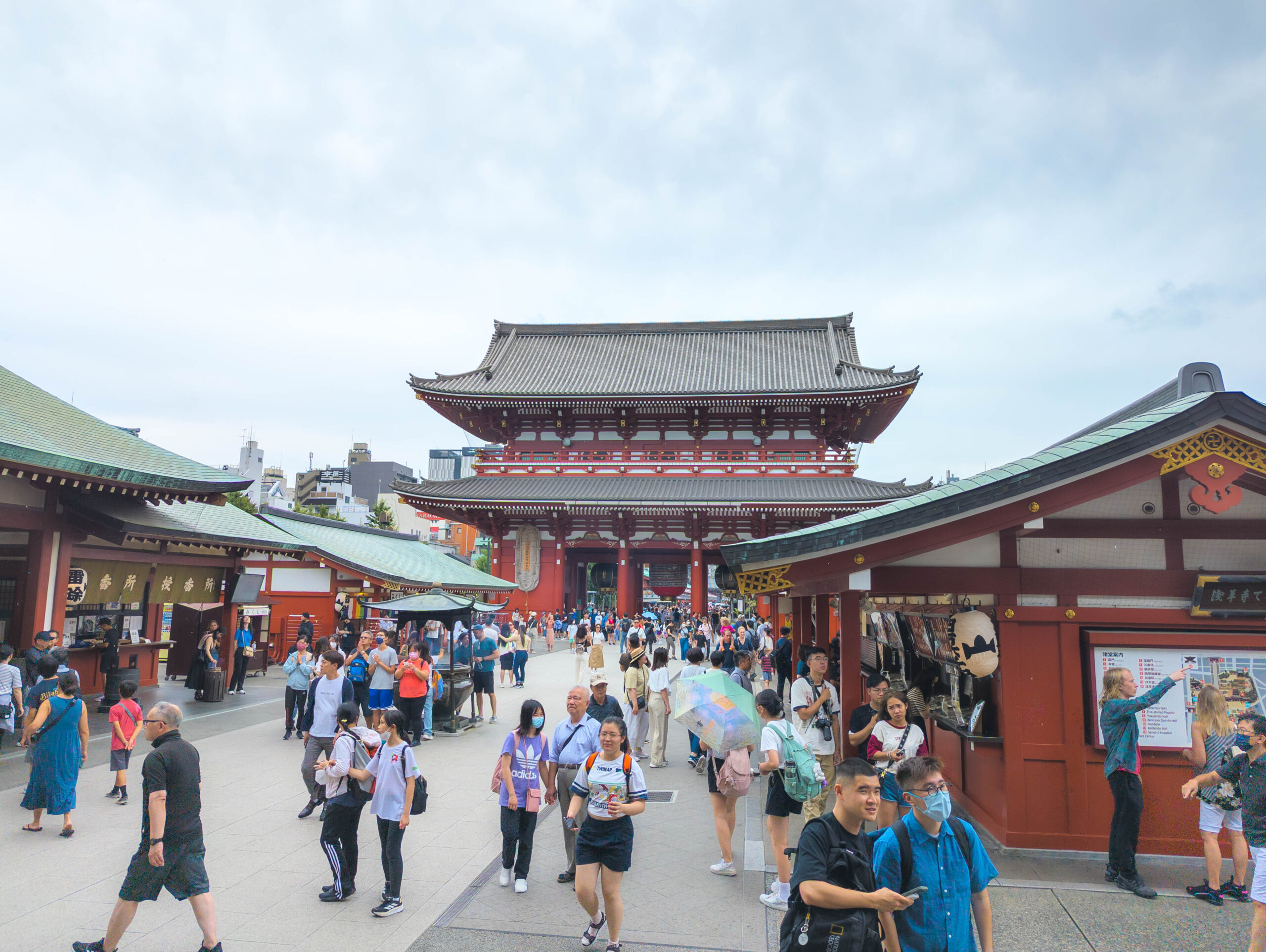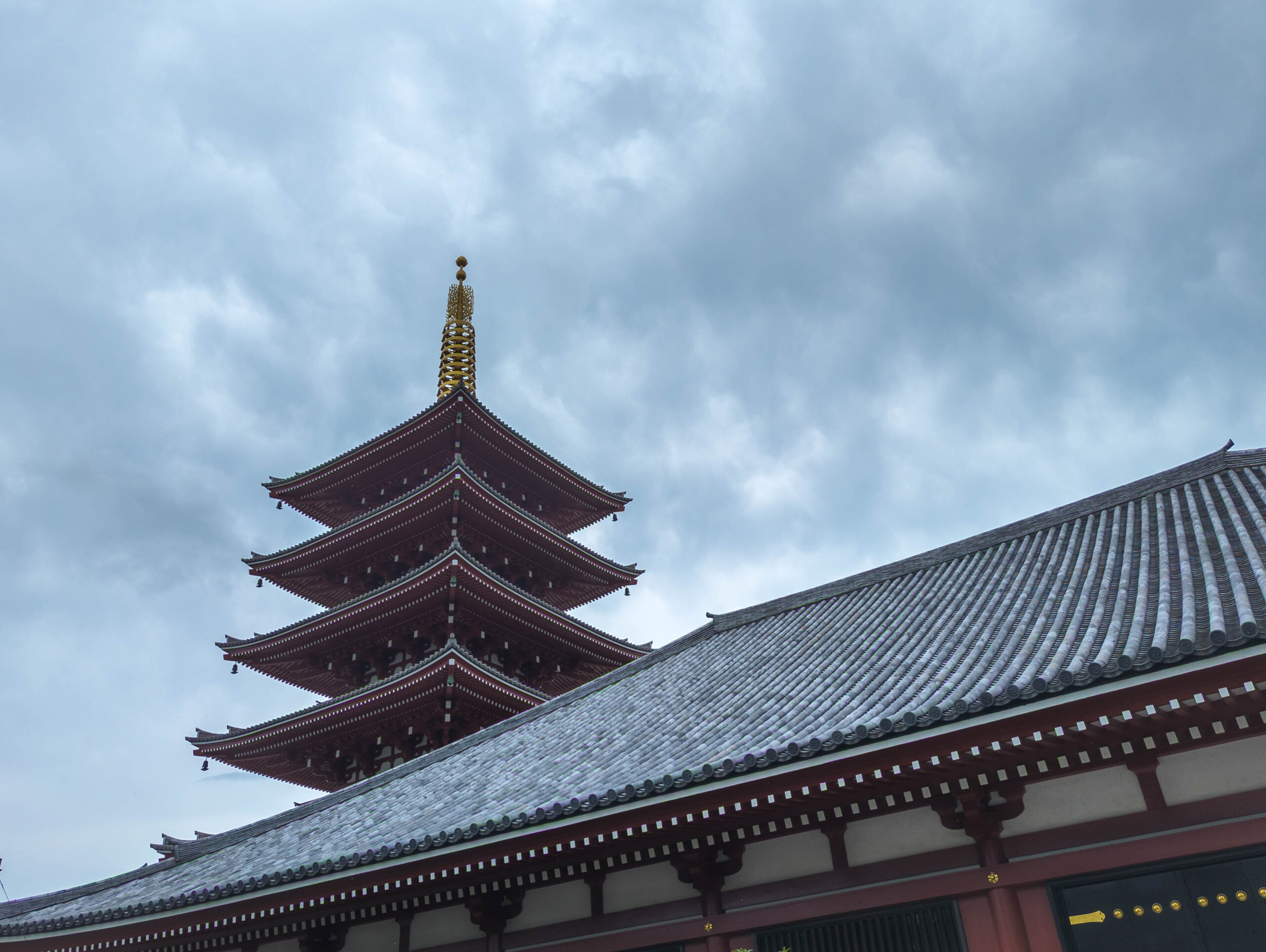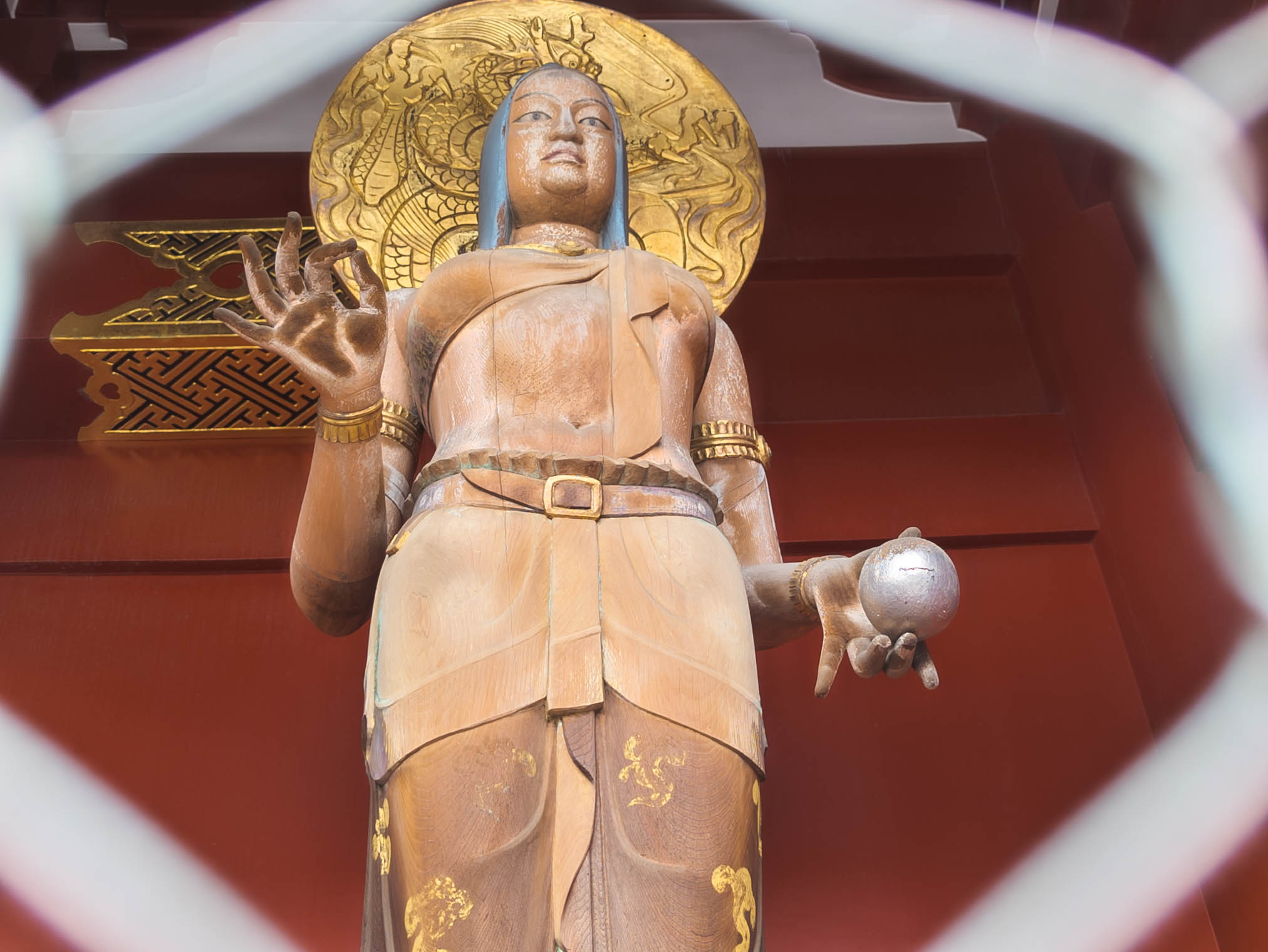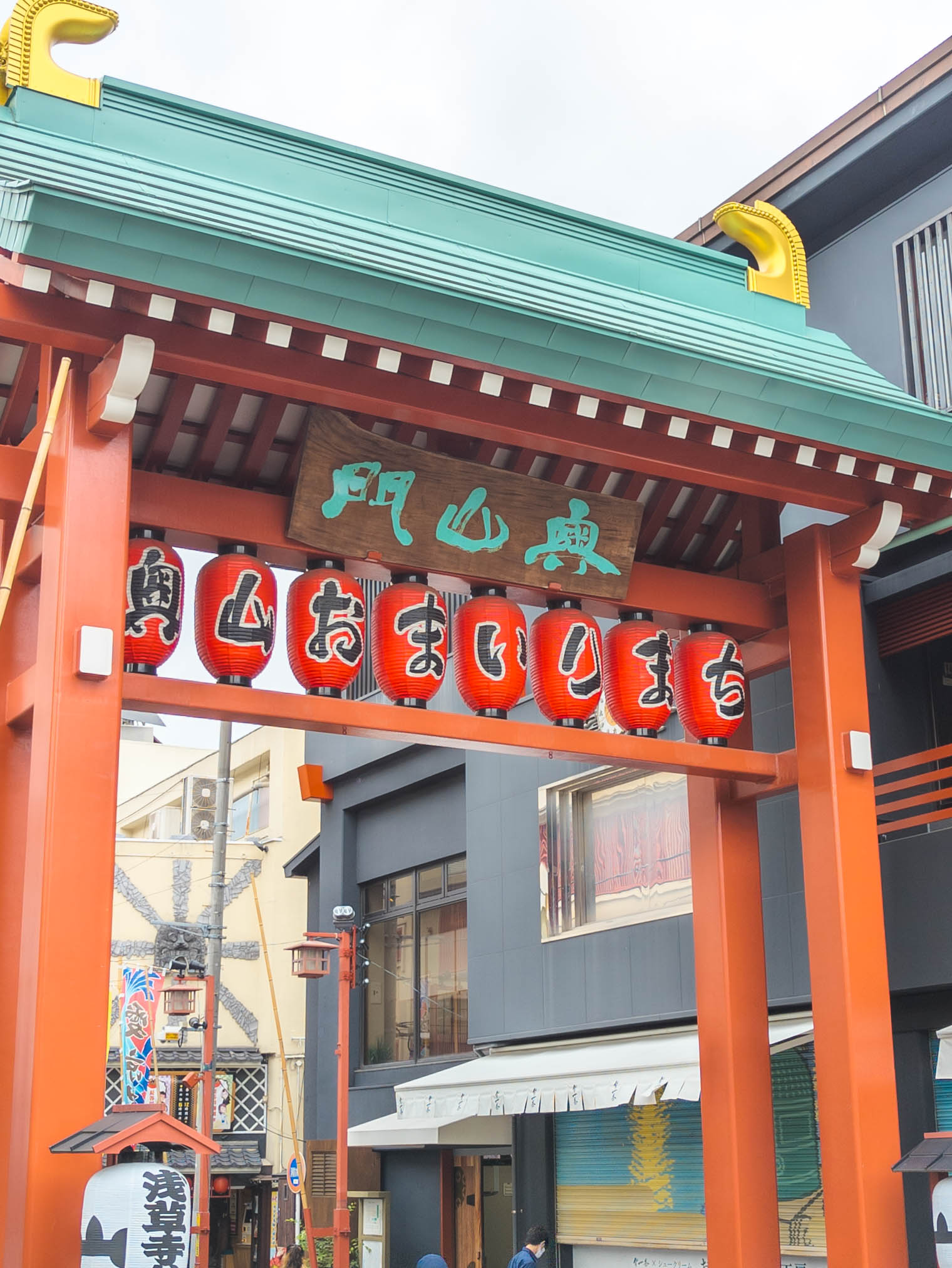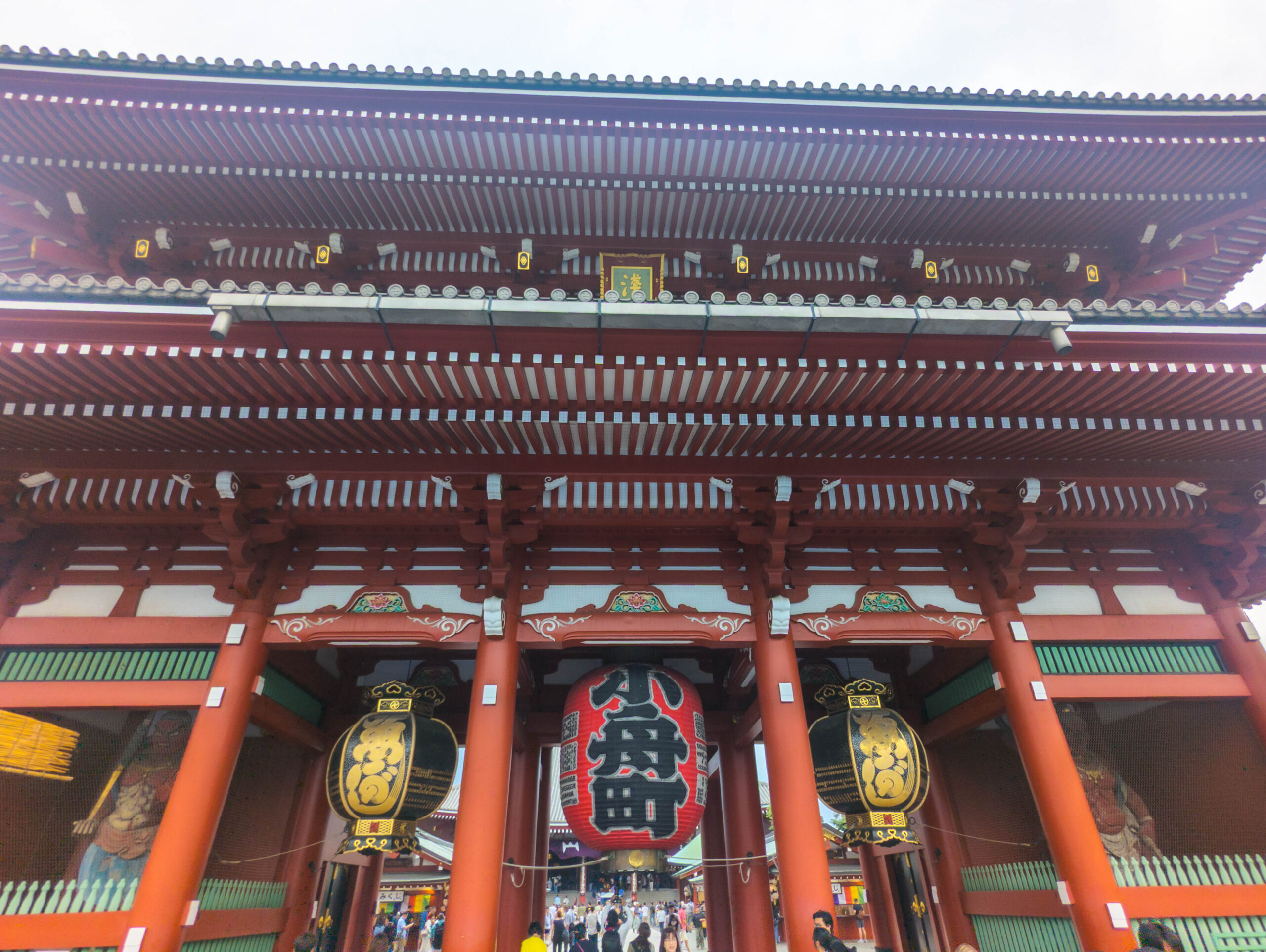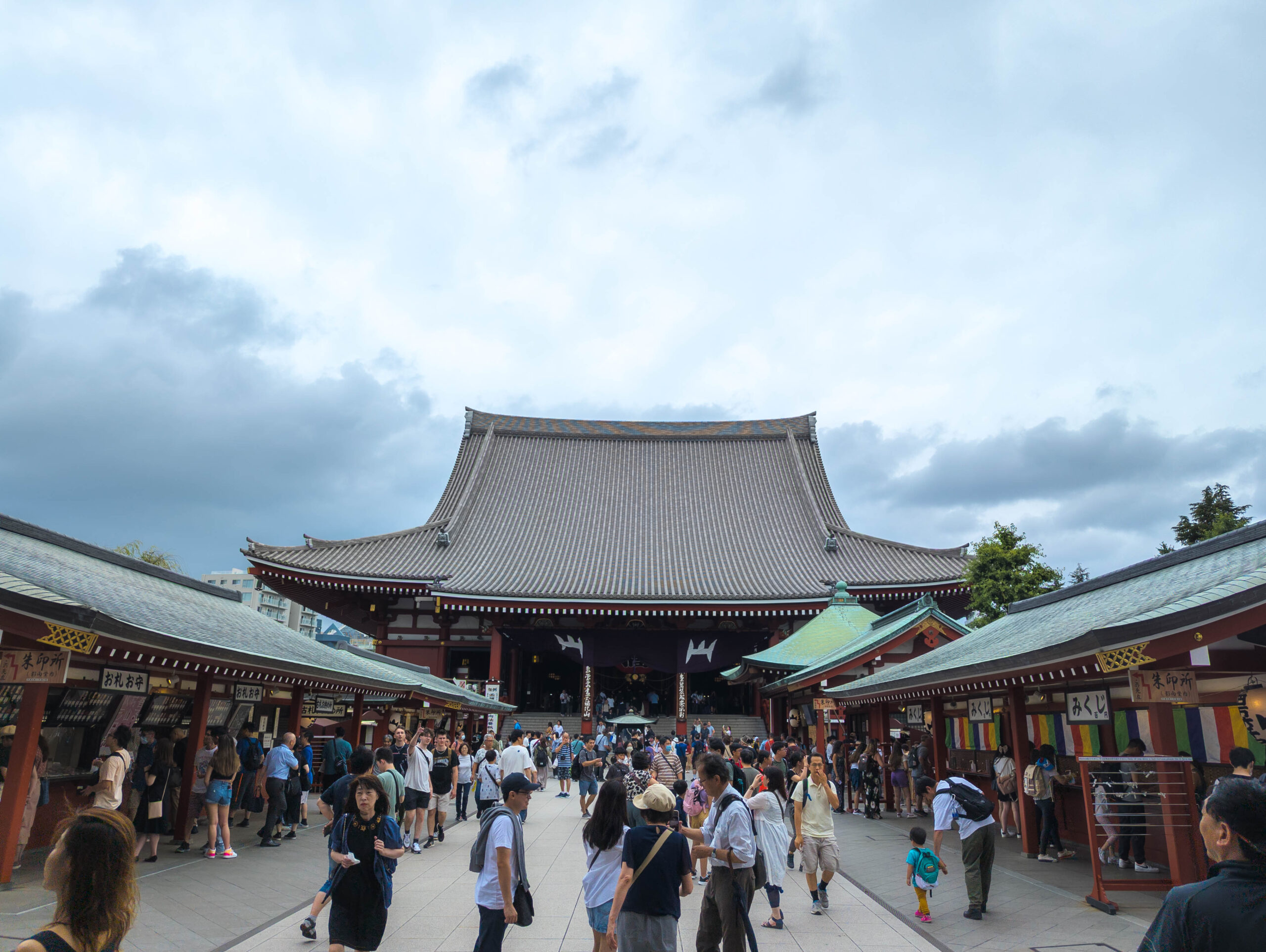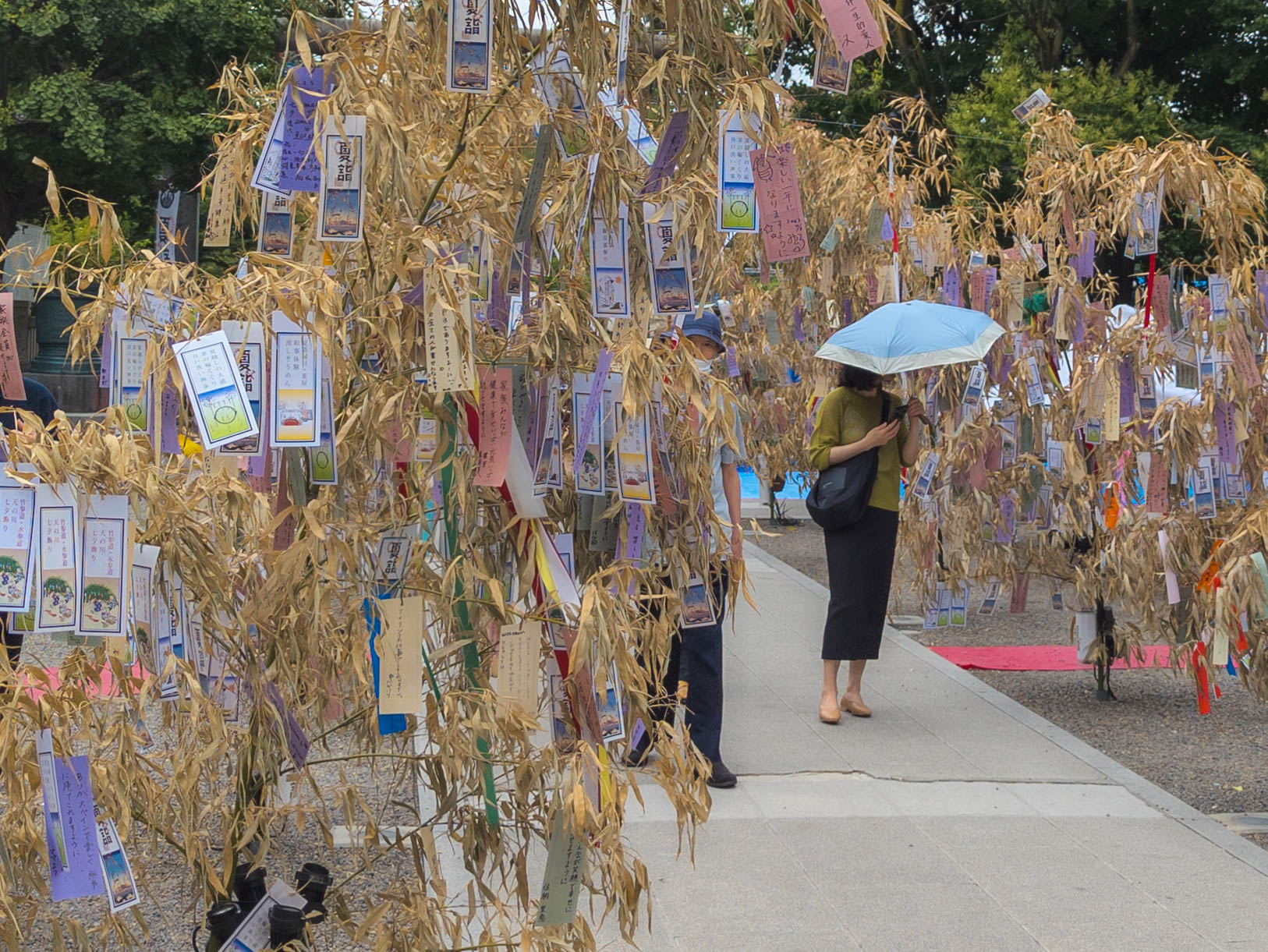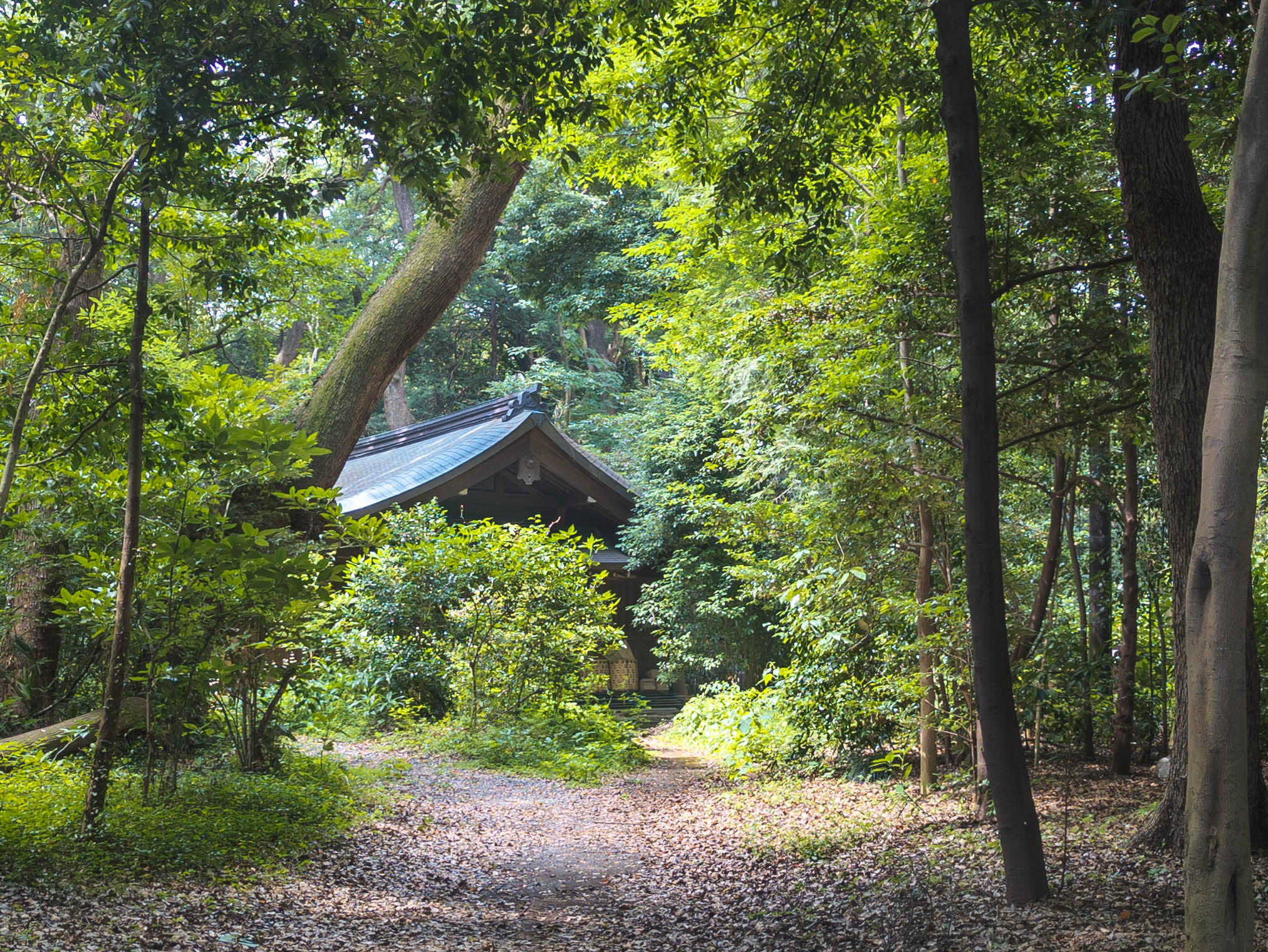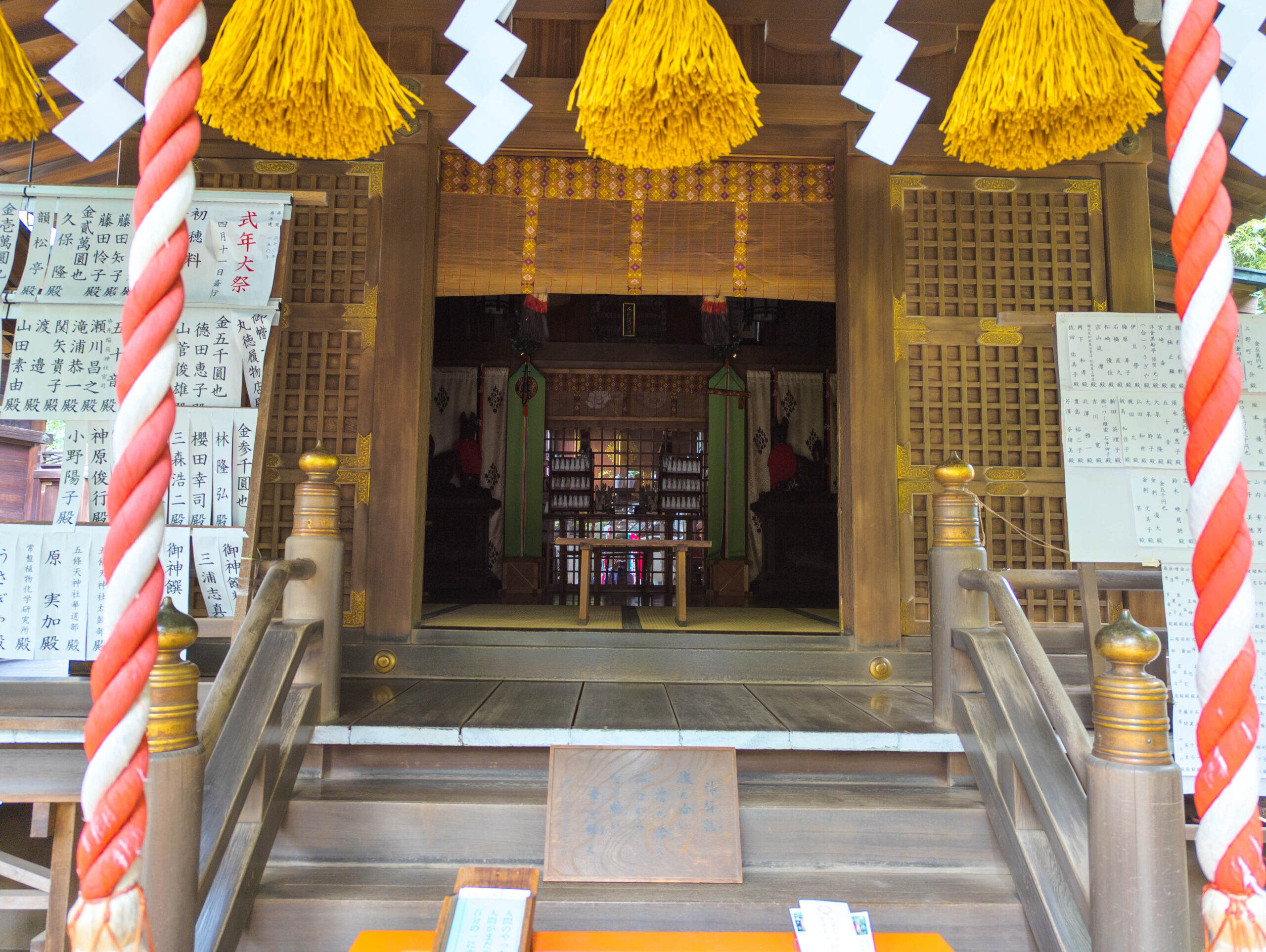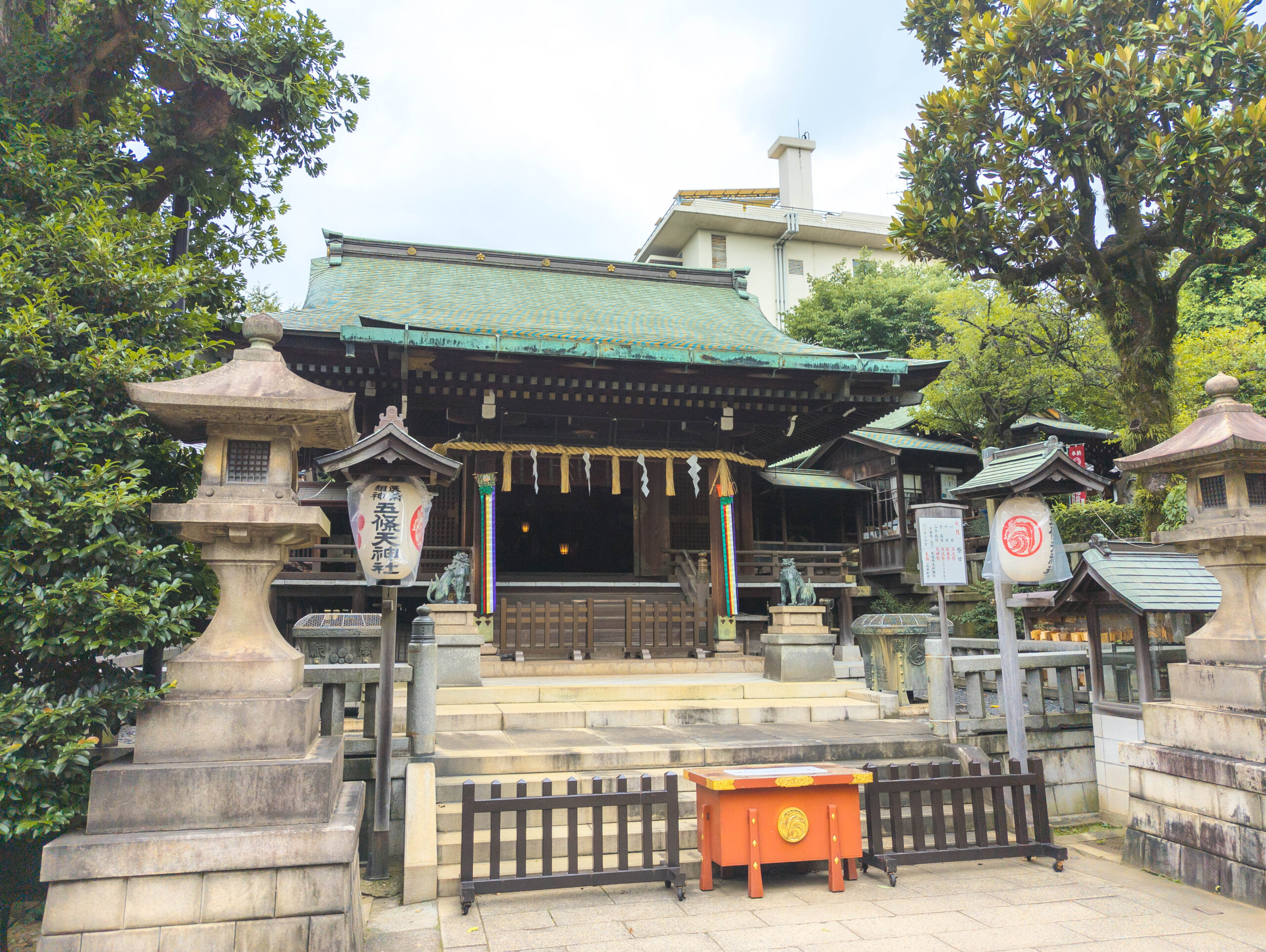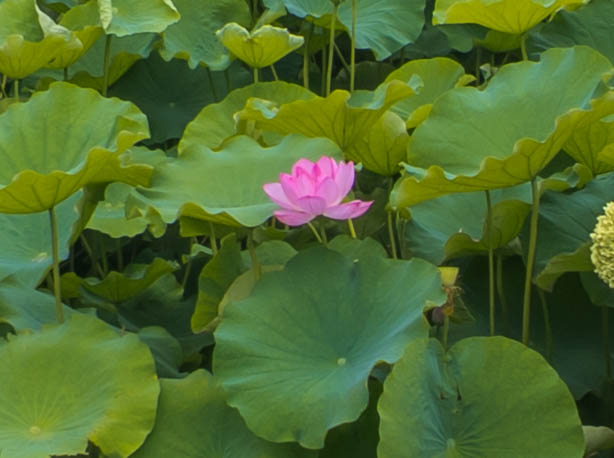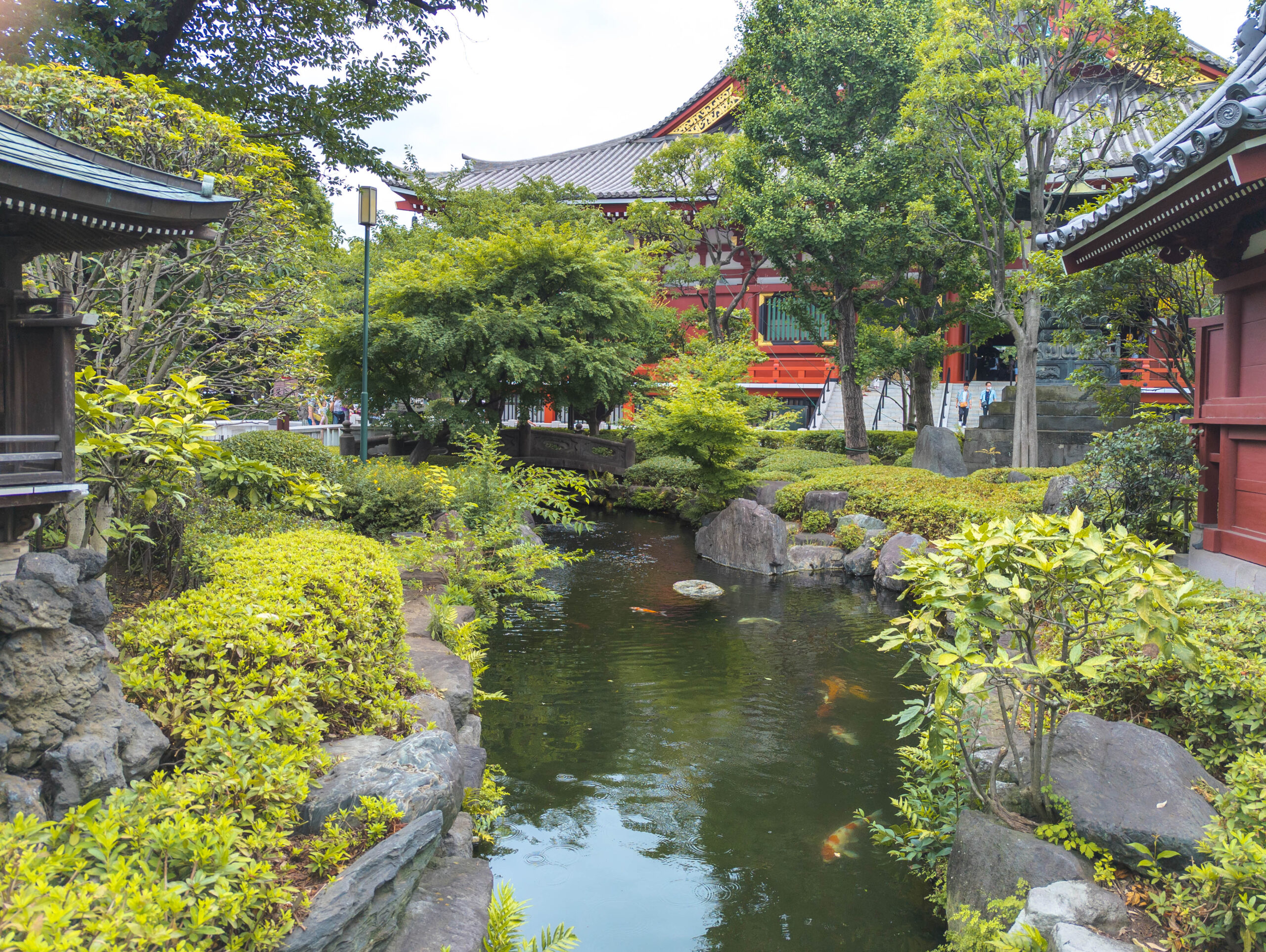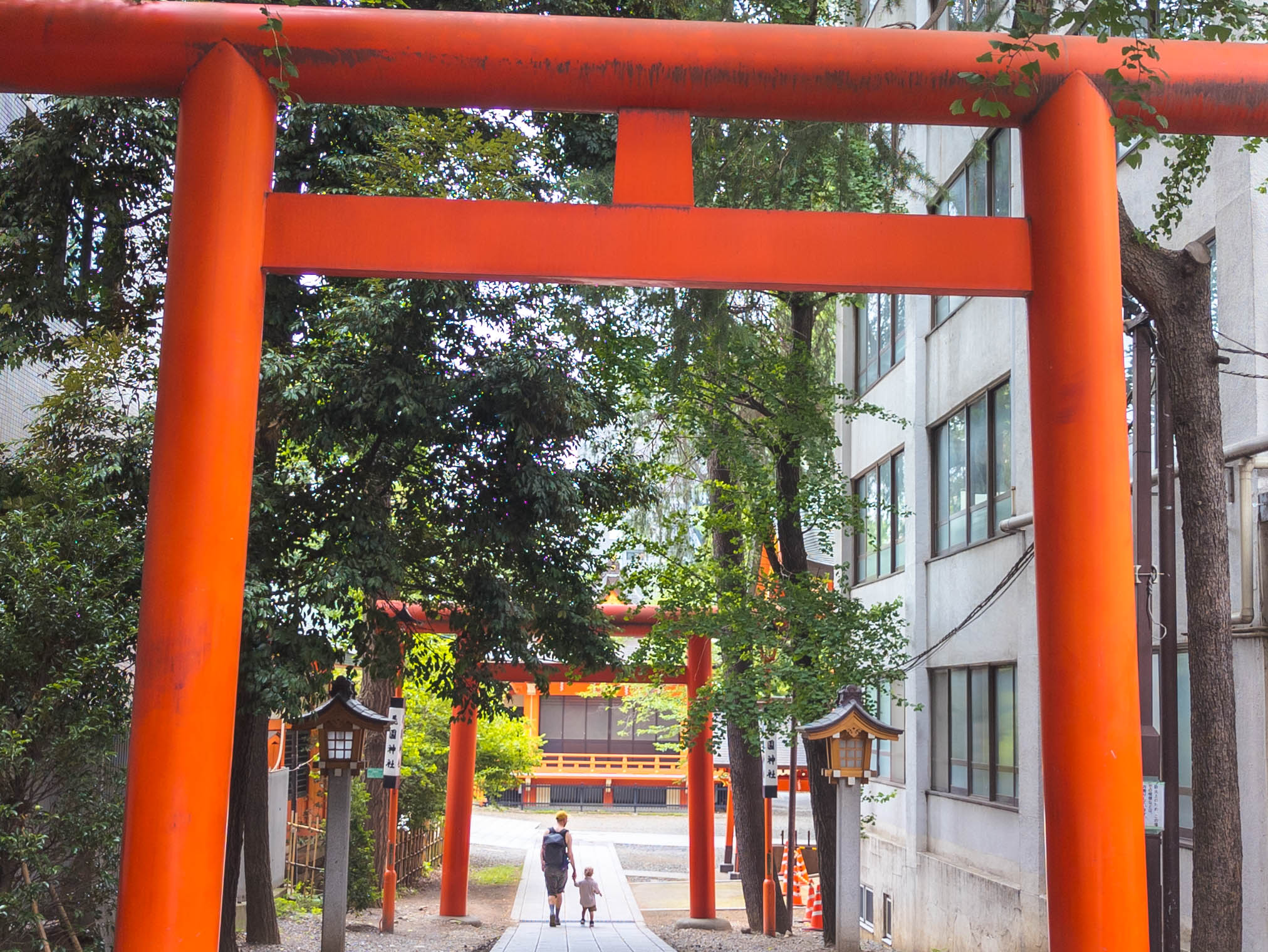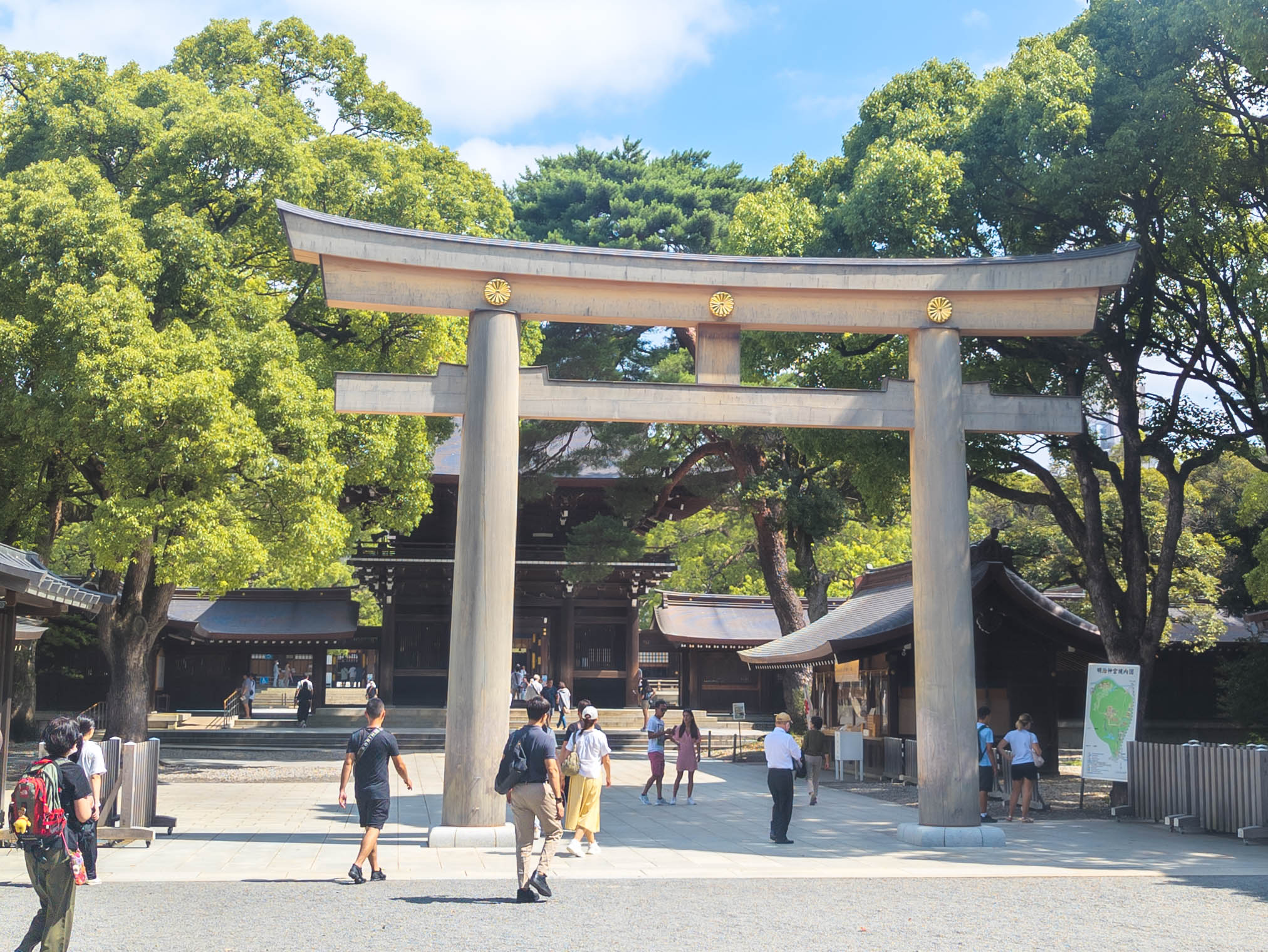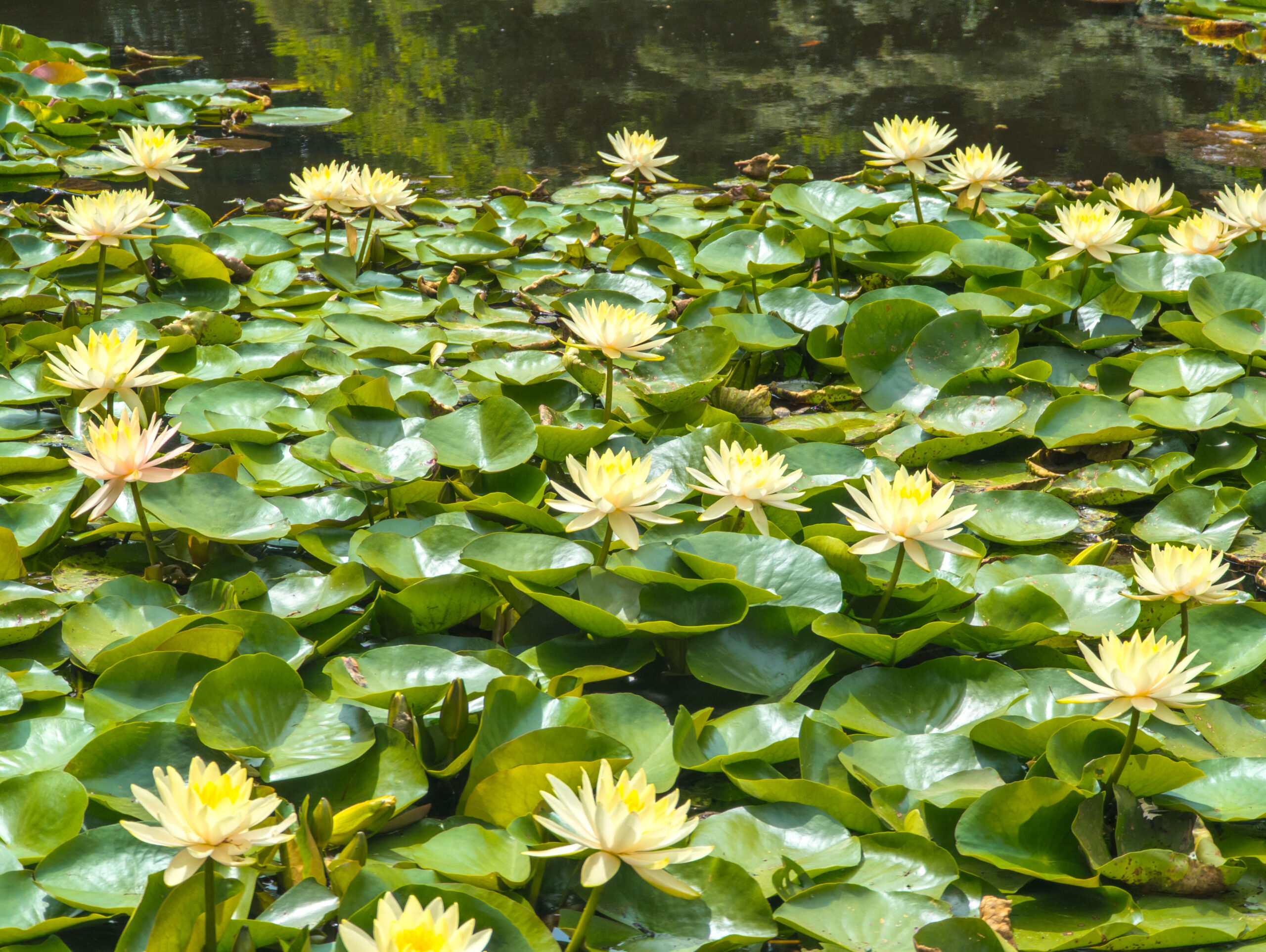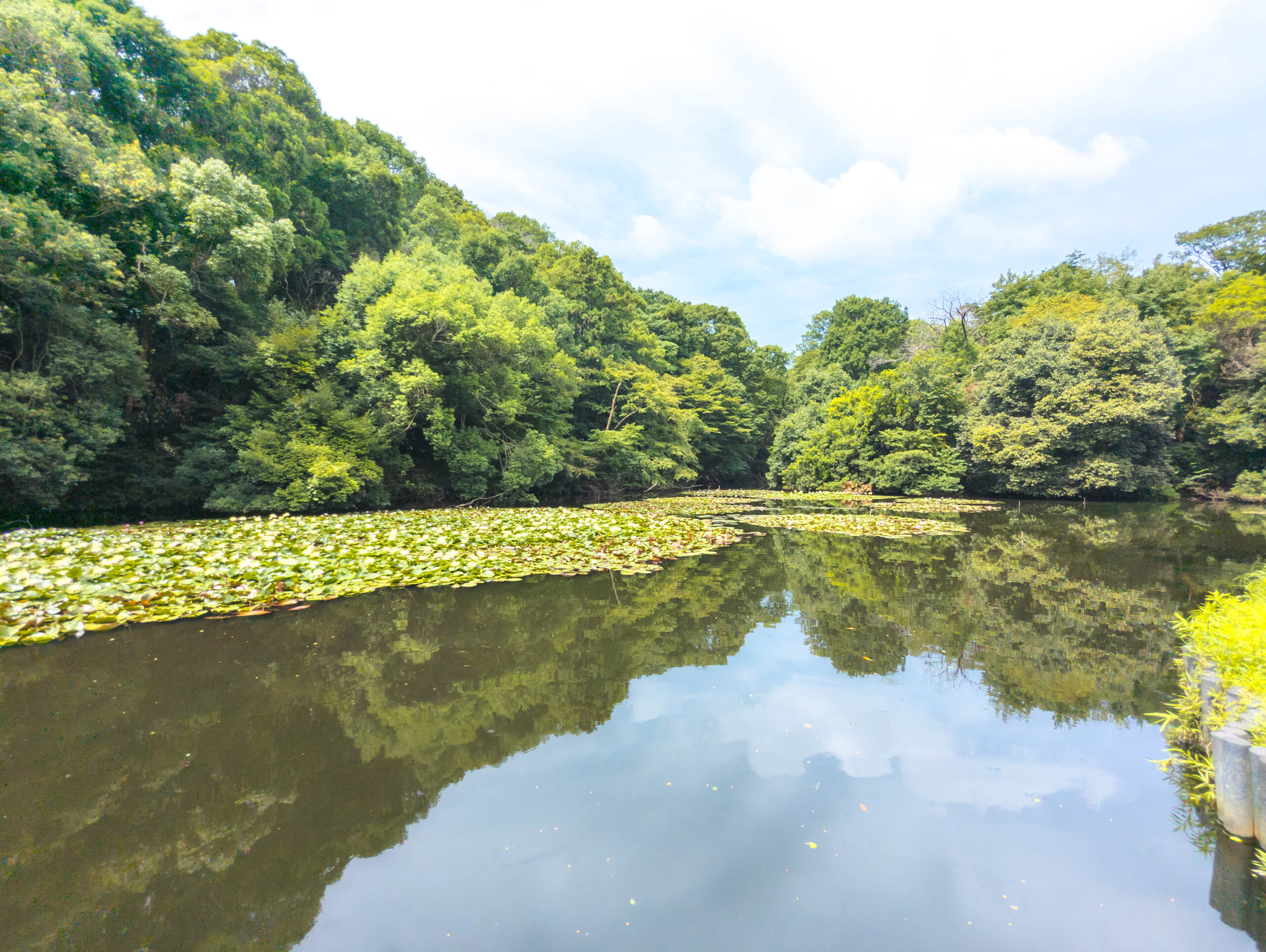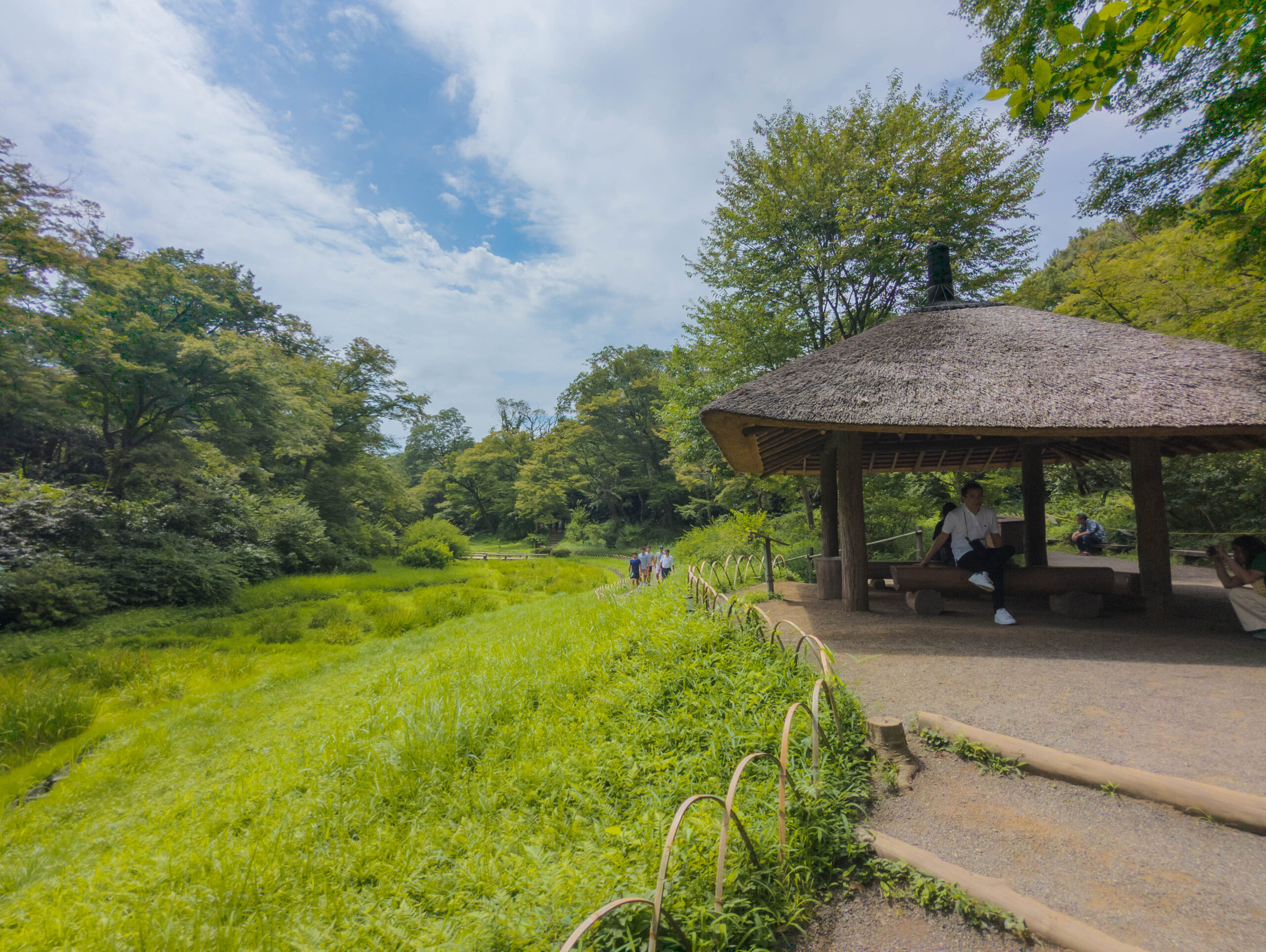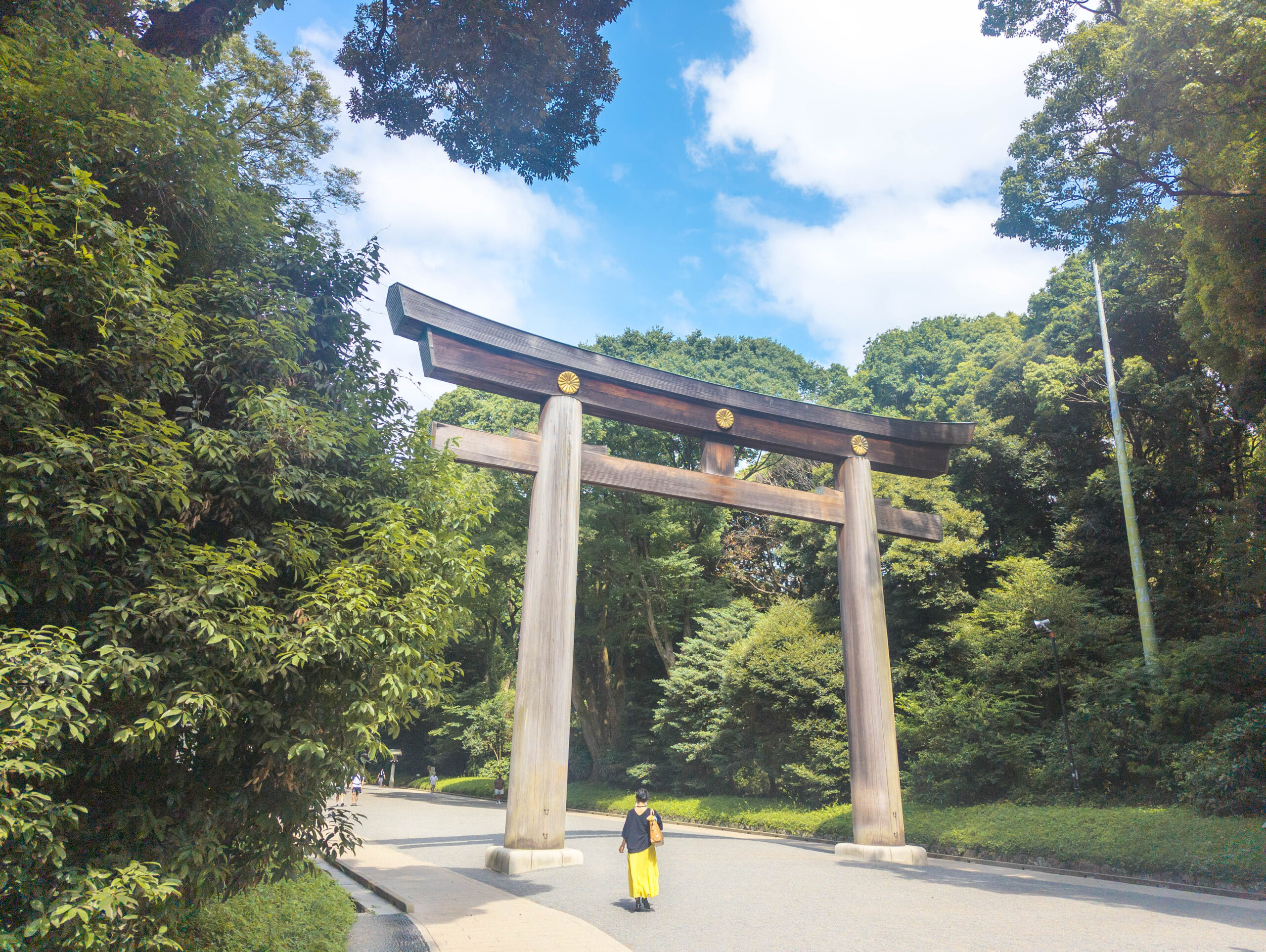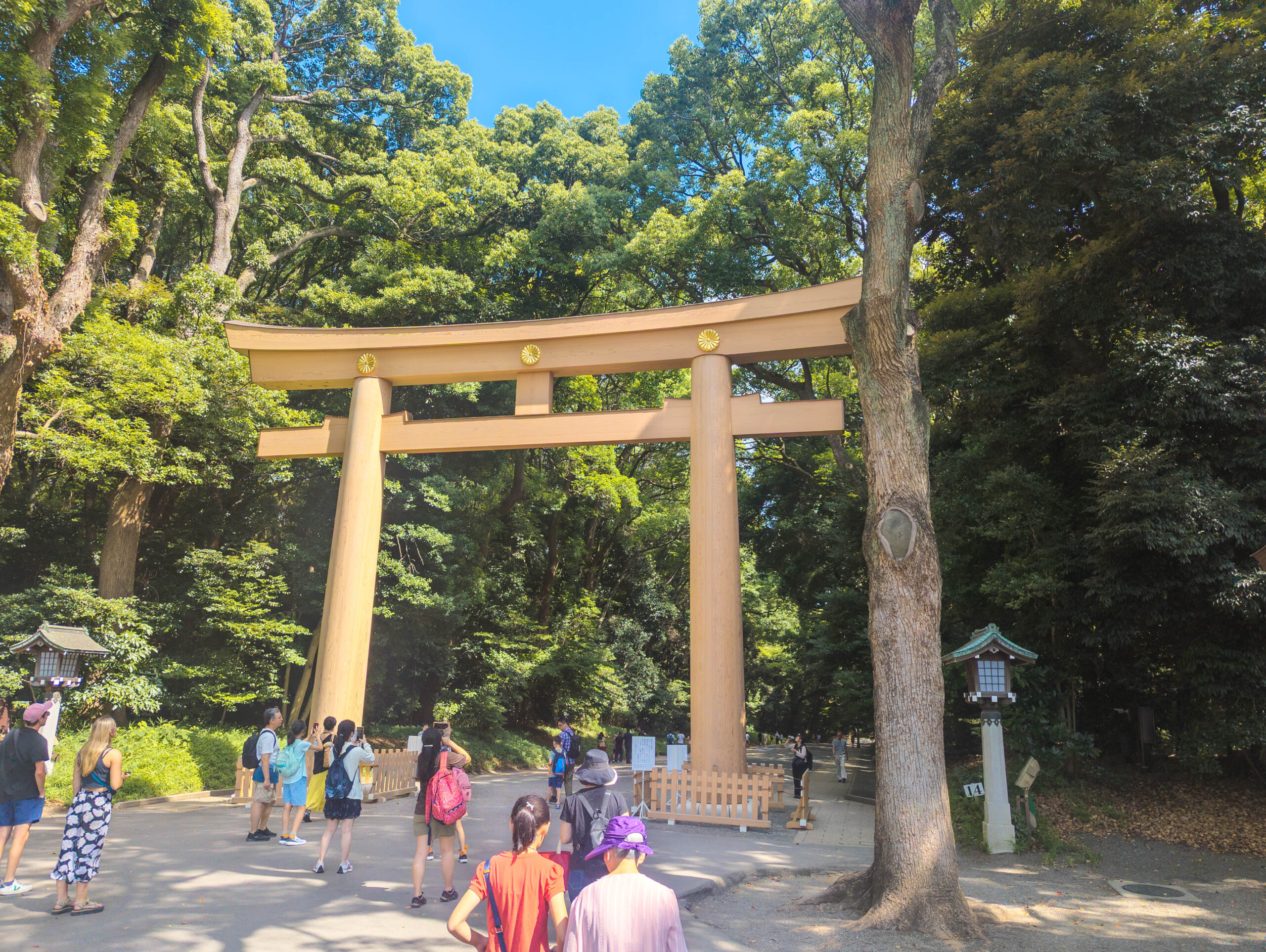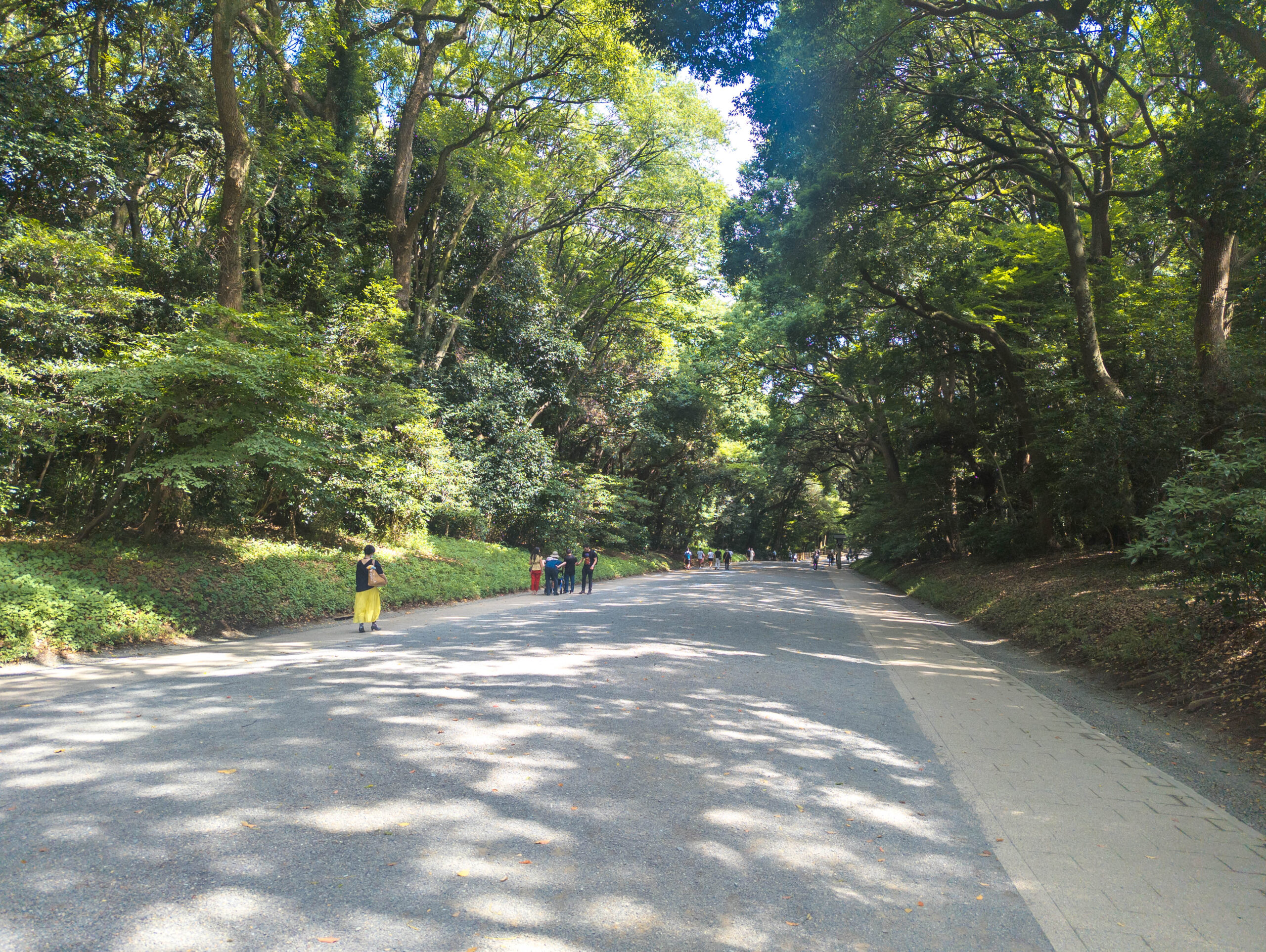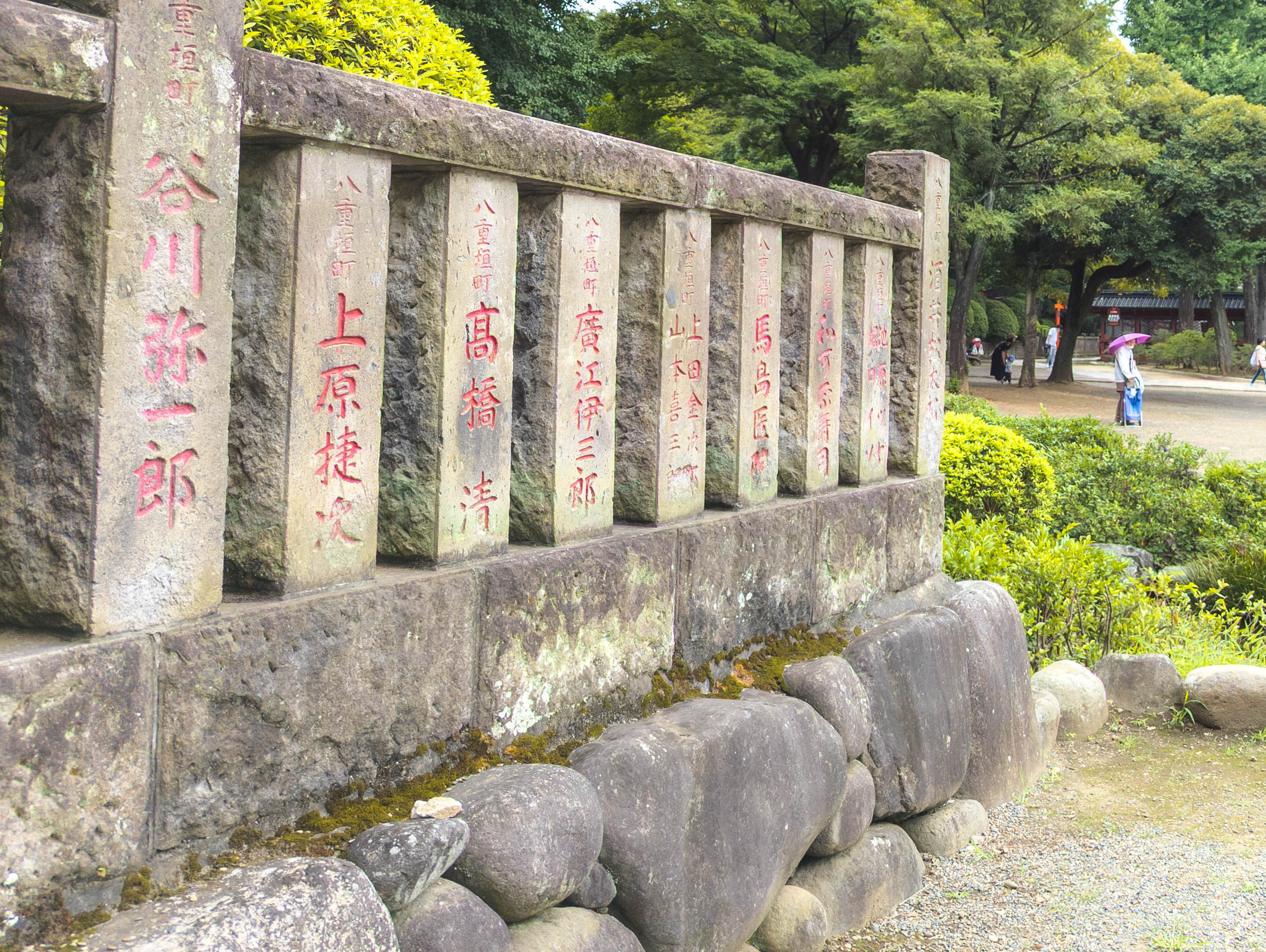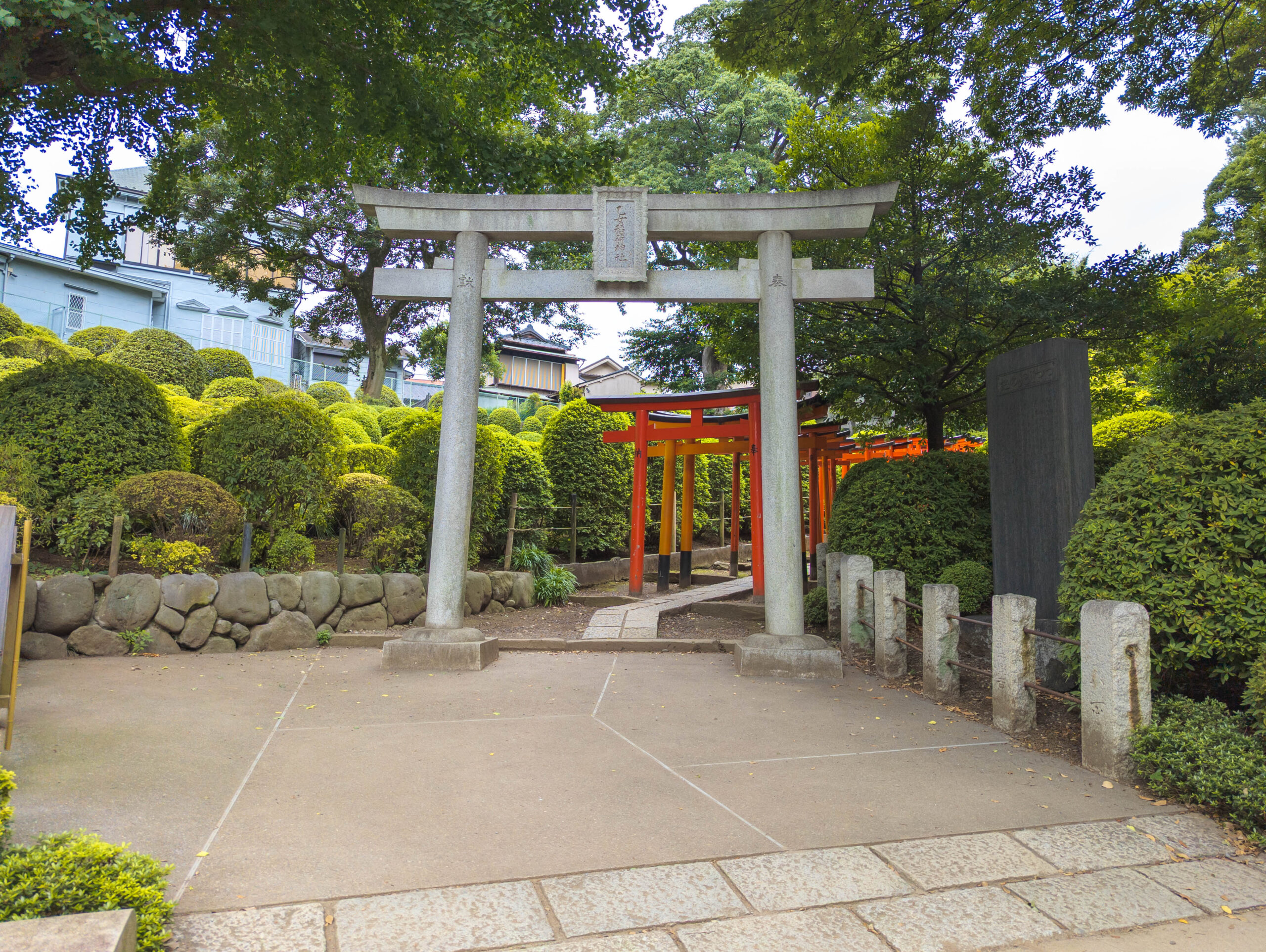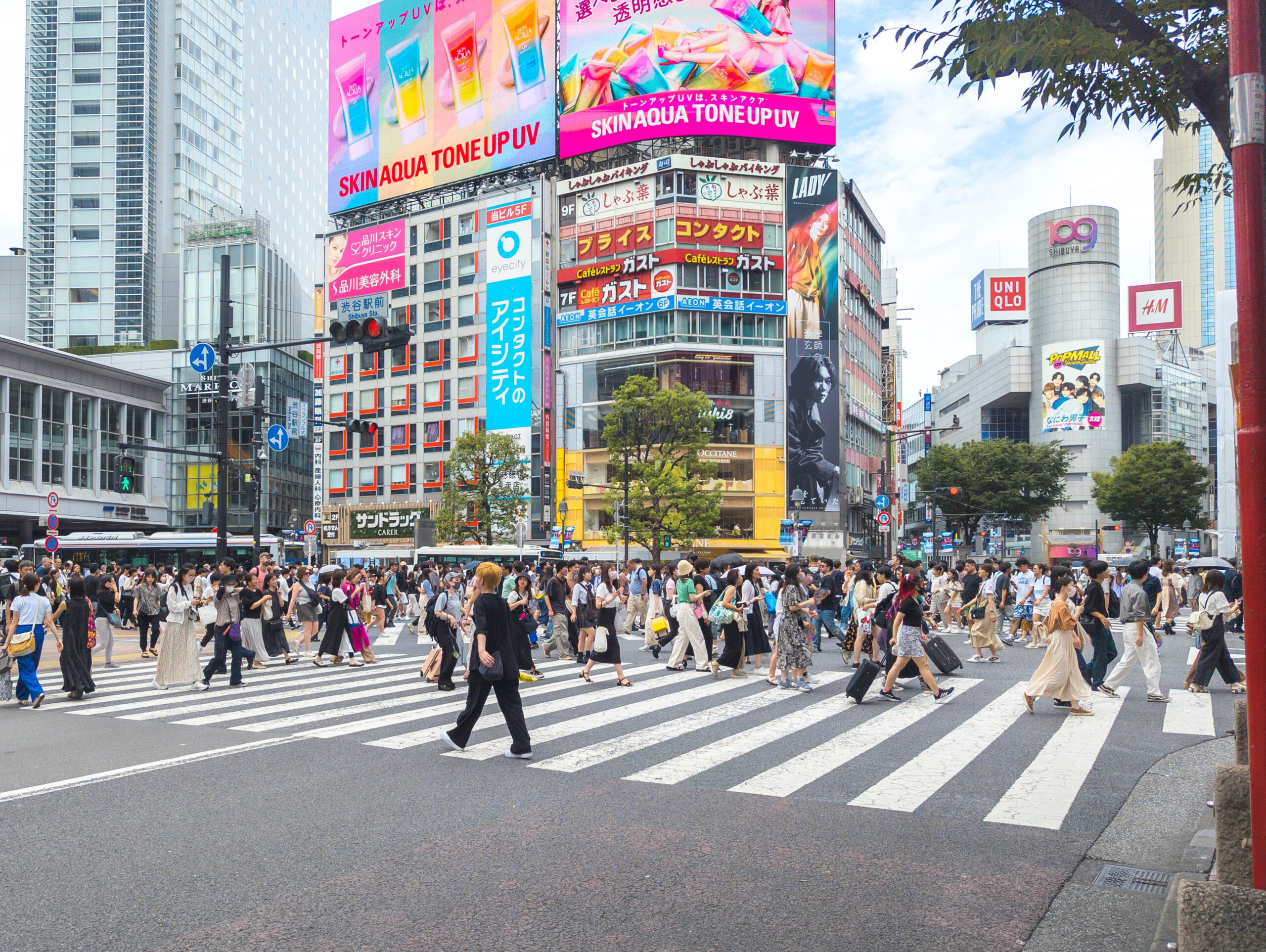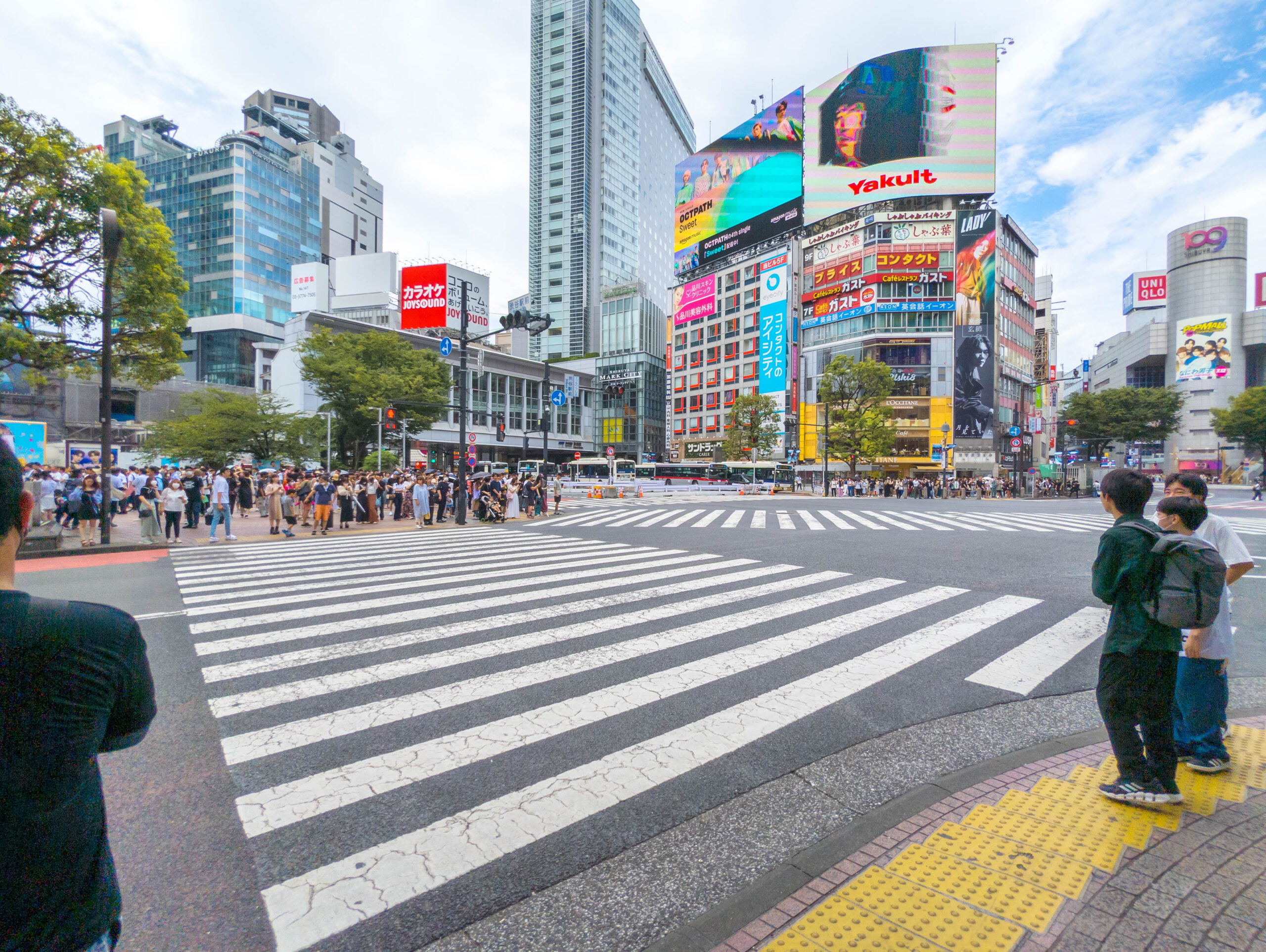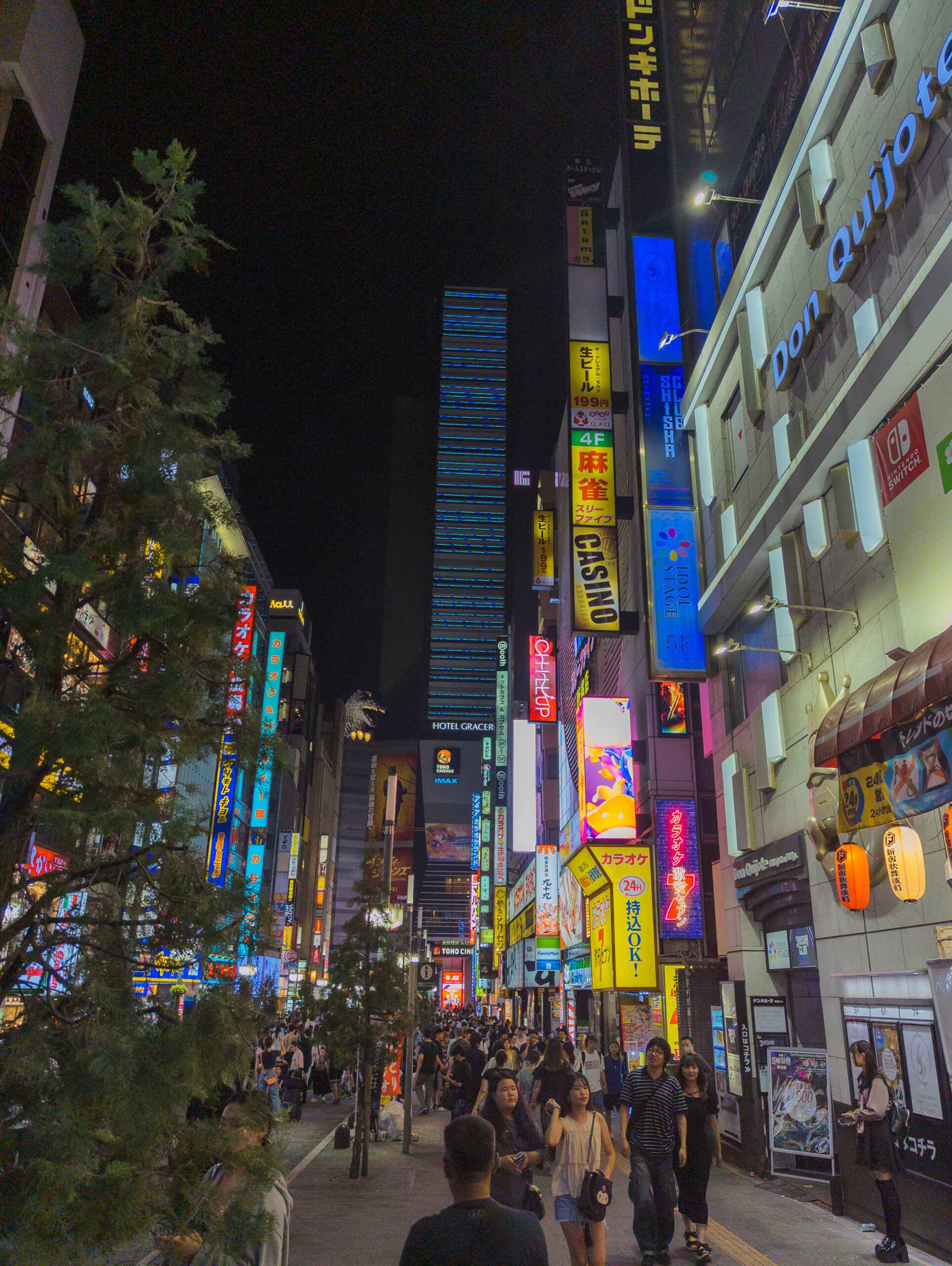Tokyo
July, 2023Fujisan Lost in Clouds
July, 2023
On my way back from China, I squeezed in a visit to tick a few places in Asia off the bucket list.
High up on that list was to see Tokyo, at least for a little bit. Like everyone else who has never been there, I had a strange amalgam in my head of what it was like, formed by a mishmash of movies like Lost in Translation and the Last Samurai, some half-digested anime, and a hundred or more documentaries about how strange it all was.
I had the idea that I’d spend a couple of days here, go and see Mount Fuji and a few temples, try some ramen, and see the Shibuya Crossing: a list inspired in no little part by the above.
I found a, let’s say, compact apartment in Shinjuku, not far from the station. With only three days here I quickly abandoned any idea of organizing a trip to Fuji myself, and instead found one on Klook for the next day.
Lots of things here were familiar to me, having spent so much time in China, not least everyone being in face masks, but also the efficiency and cleanliness of the transport. Japan gave off a rather more anarchic vibe than China, though, which wasn’t unwelcome – although everything was clean and everybody polite, there just seemed a little bit more randomisation to the way things were laid out. I was also amazed to discover that you need actual physical money to use the vending machines, being so used to scanning my Weixin code everywhere, even after figuring out how to get a Suica card.
On my first day, I took a tour I might otherwise not have chosen, from near my Airbnb in Shinjuku to Mount Fuji. It was very commercialised, alas, but my only chance to see the famous place.
We all piled onto a coach, with two guides one speaking Chinese the other English. The English guide was a rather eccentric but entertaining fellow, who kept up a commentary about the Japanese demographic crisis, and the politest way to murder someone. The Chinese speaker played it all with a rather straight bat by comparison.
We drove for an hour or so out of the city, and up the slopes of the mountain whose summit was lost in cloud.
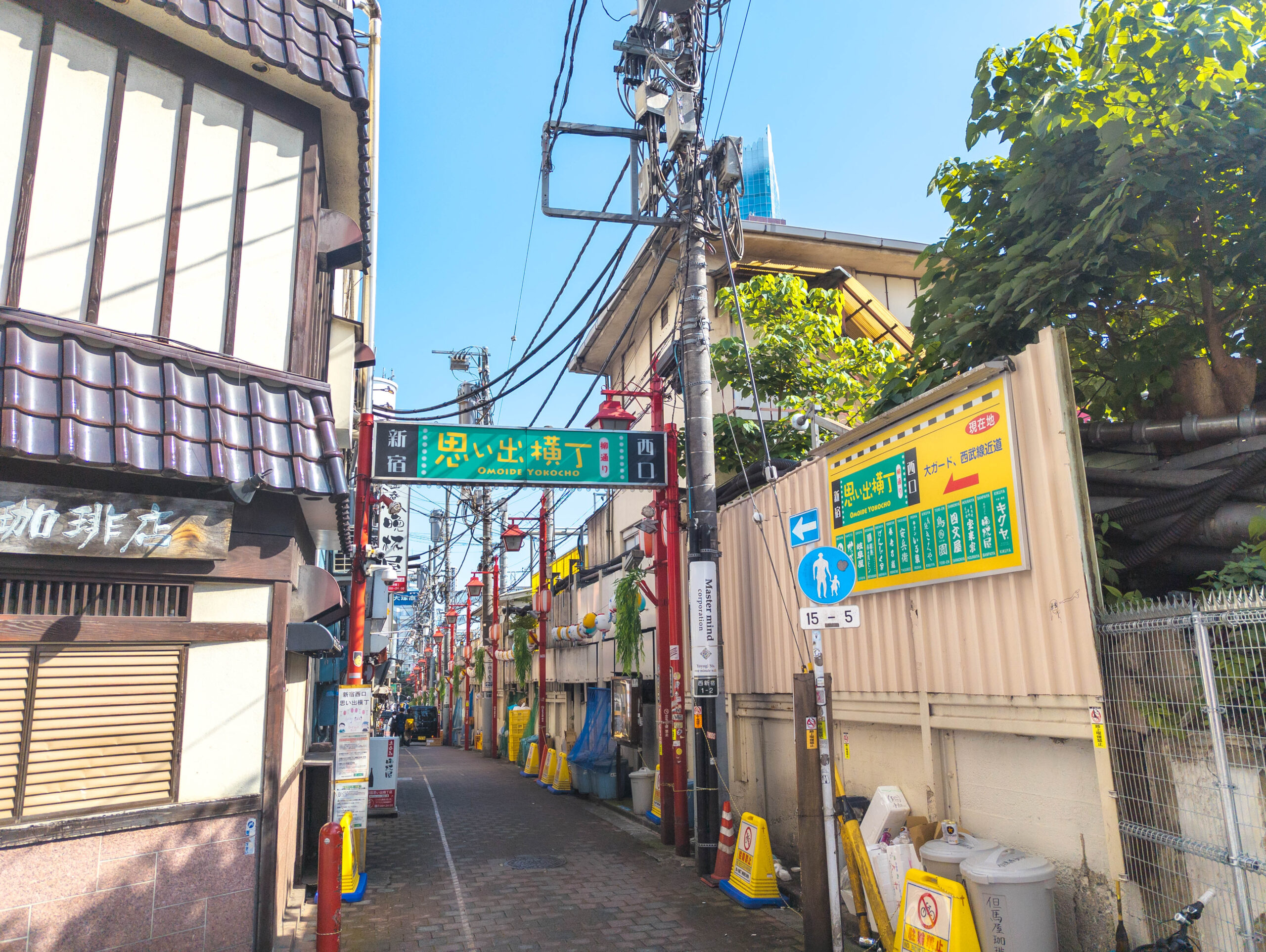
I opted not to have the lunch at Lake Kawaguchi, being on a diet, and instead had an egg sandwich from the Family Mart. Egg sandwiches from Family Mart were absolutely delicious, and probably became my staple food here.
Whilst wandering around munching on that, I was able to get some nice shots of the lake and mountain, the cloud still gathered around its top.
That afternoon we went on to the somewhat twee village of Oshino Hakkai to drink fuji spring water and try a mugwort dumpling. The spring water that bubbled into the pools here carried runoff from Mount Fuji that had been filtered through goodness how long in the rocks. Koi Carp swam in ornate ponds, crossed by film-set Japanese bridges.
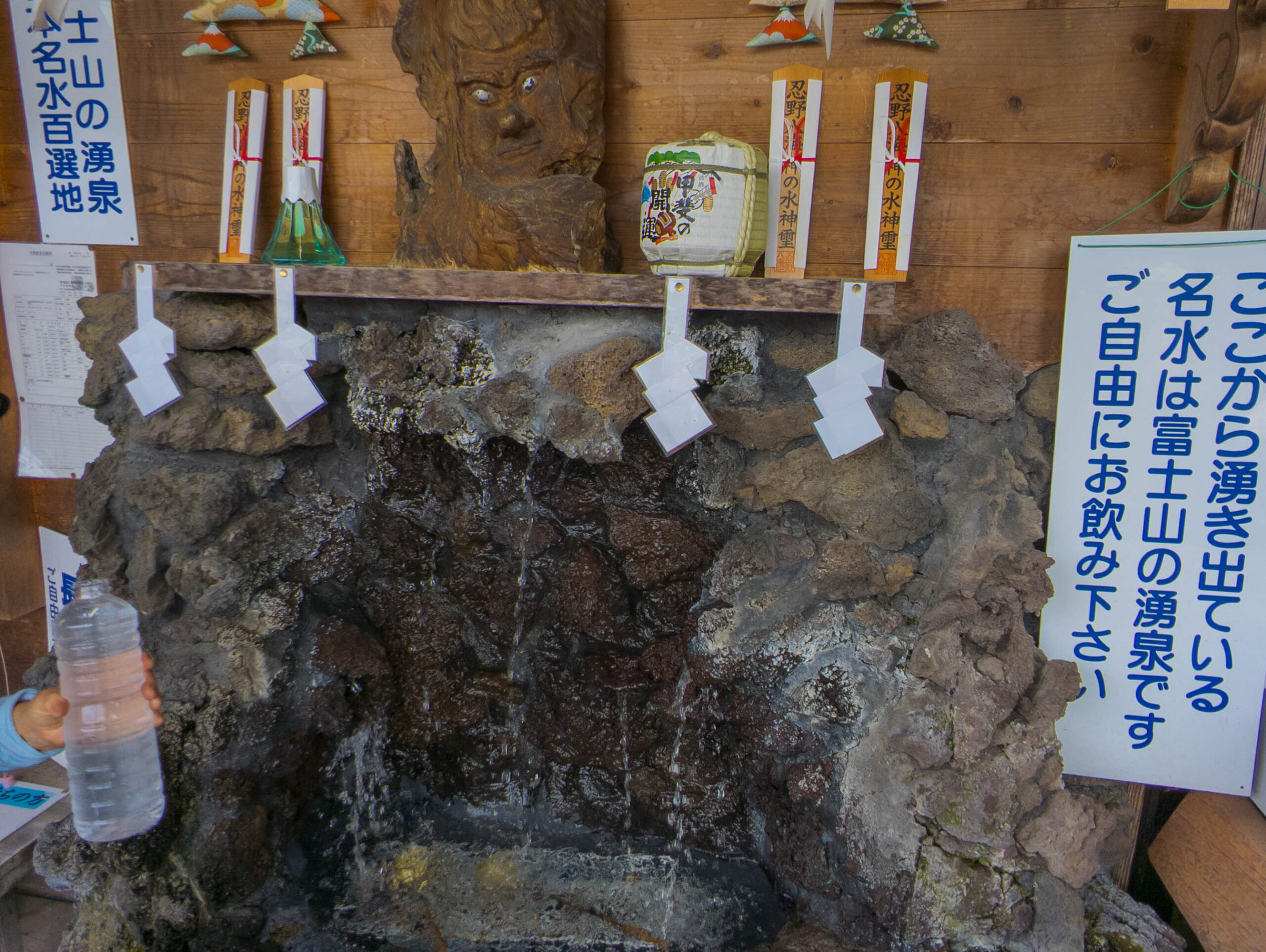
Ironically the final stop was a shopping village that I only went to because I had to in order to go to the other places, but it turned out to be the only place from which I could see the whole outline of the mystical mountain, as the clouds were gathering on the other side.
My second day there was my own, and I used it to get a handle on how to use the Suica card to get around the city. As long as you have Google Maps, it’s much easier than it looks, since they have thoughtfully coloured and numbered the stops, making it almost impossible to get lost. I used this new skill to visit Asakusa and Senso-Ji Buddhist temple and Asakusa-jinja, the Shinto shrine nearby. Both were busy with tourists, but also people making their own devotions.
I also decided I’d try to explore the city on foot, planning a route to go from Shinjuku, which I’d started to get to know to Shibuya, passing by Yoyogi Park so I could stop in to visit the Meiji Shrine. I’m glad I did, as it gave a different impression to travelling by Metro, fine as it is. You can get as much of an impression about a place from its side streets and lesser-seen places as you can from its well-tended tourist magnets. It all reinforced my impression that, much like China, this was a city of polite, well-brought-up individuals who respected public spaces, but that there was a greater undercurrent of chaos here: neither yin nor yang, but a pleasing mix of both.
On one side of the road you might have a dingy backstreet filled with bins, and on the other side a serene Shinto temple, its wooden torii marking the entry to another world.
Probably my biggest success was figuring out how to use Bic Camera’s website to put an order in for my EOS R6 mark ii which I now have – the site doesn’t really deal in English. I went to collect it from a helpful store clerk at one of the several Shinjuku branches, and then had only one thing left to do: try to see Tokyo by night.
I wandered up and down the area around the giant station: the streets were, predictably, heaving. Every second door seemed to be a karaoke or noodle bar (if not both). It was just like you see on TV: a riot of neon and (polite) noise. I managed to spot Godzilla climbing up the side of a skyscraper.
Then it was back to my building, taking off my shoes and going back to my tiny room. Nowhere near long enough to form much of an impression of Japan except what I said above: the Tao is about walking the line between order and chaos, and this city seems to manage it. I can understand why it’s beloved by so many visitors.
